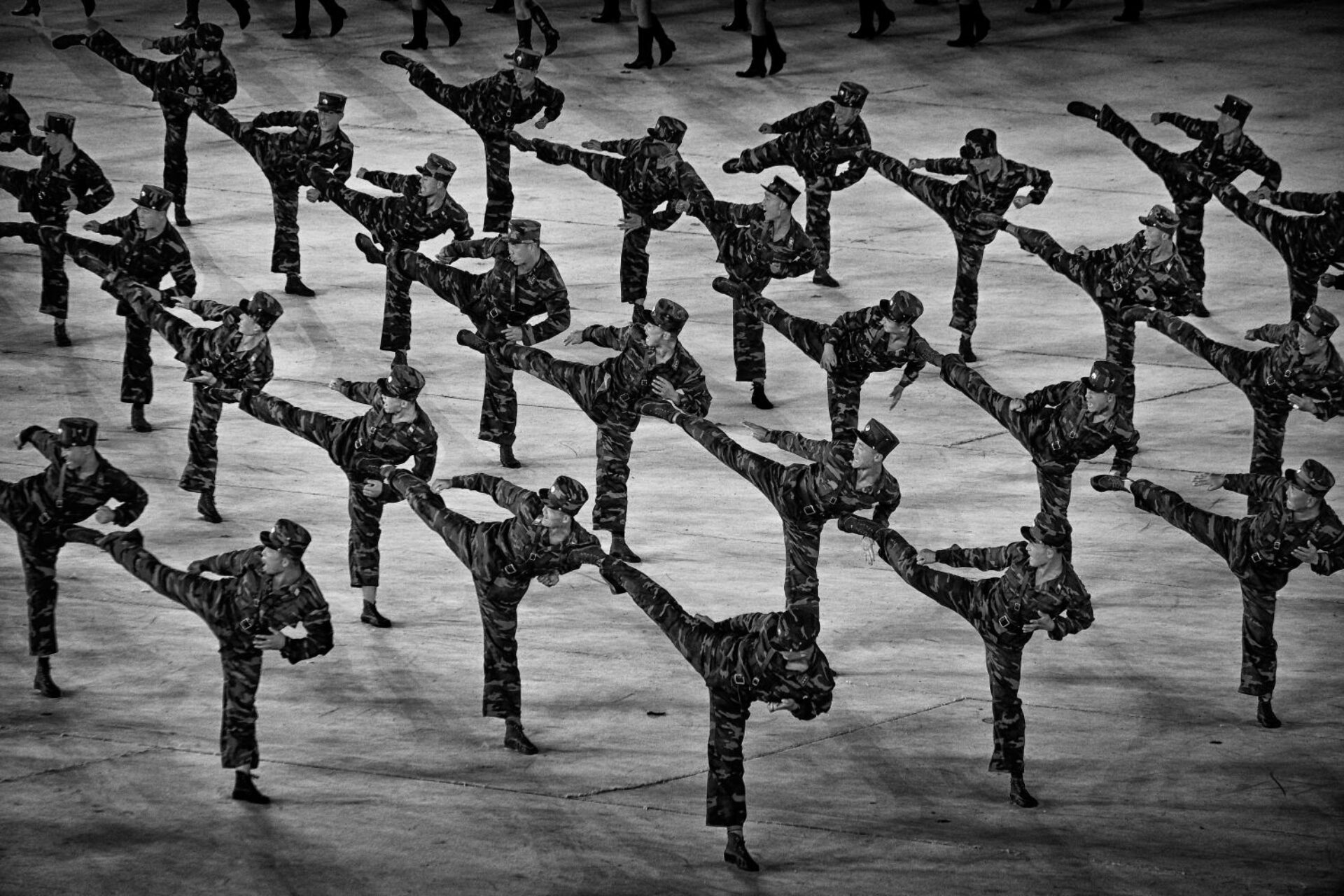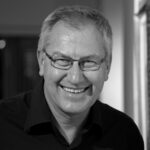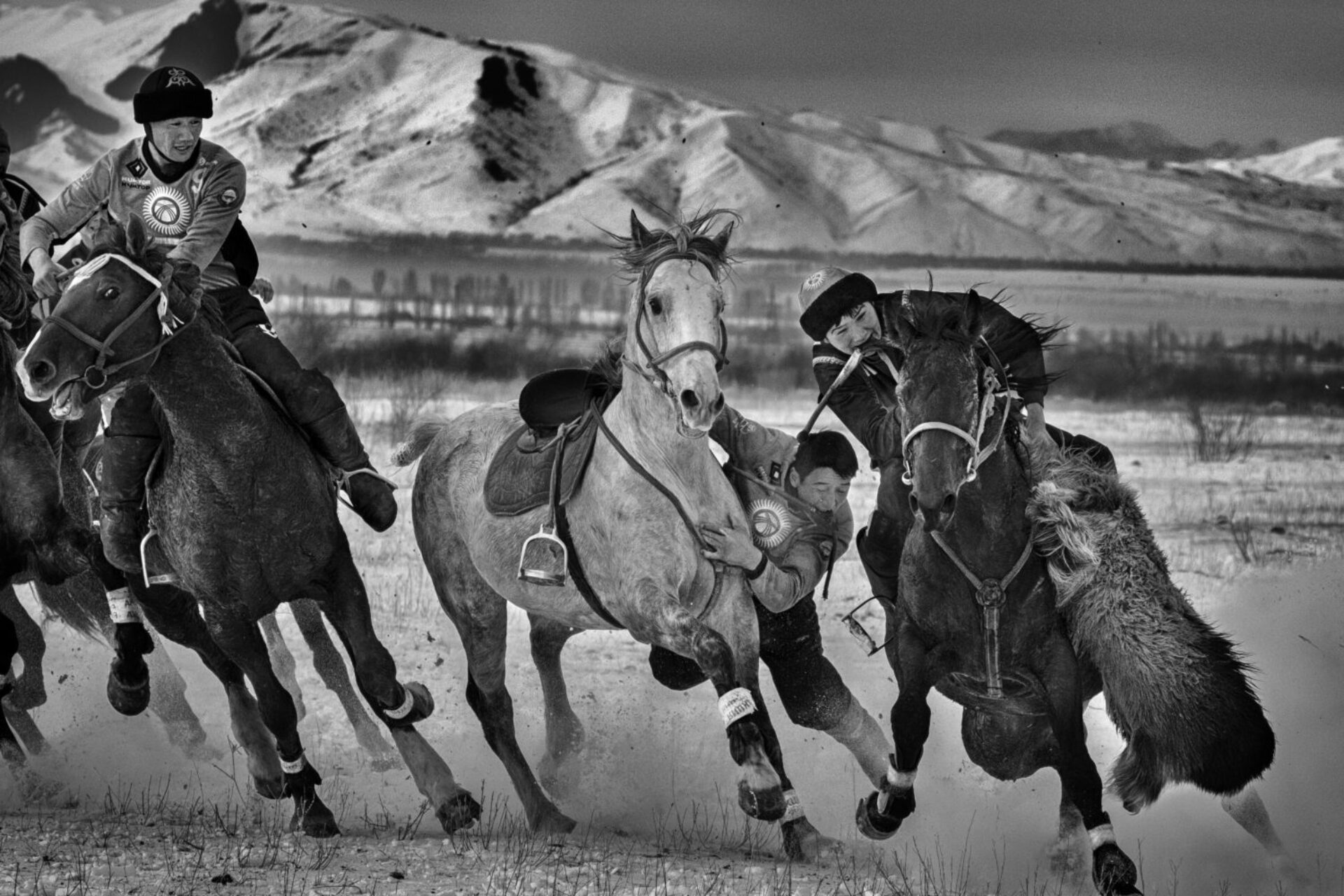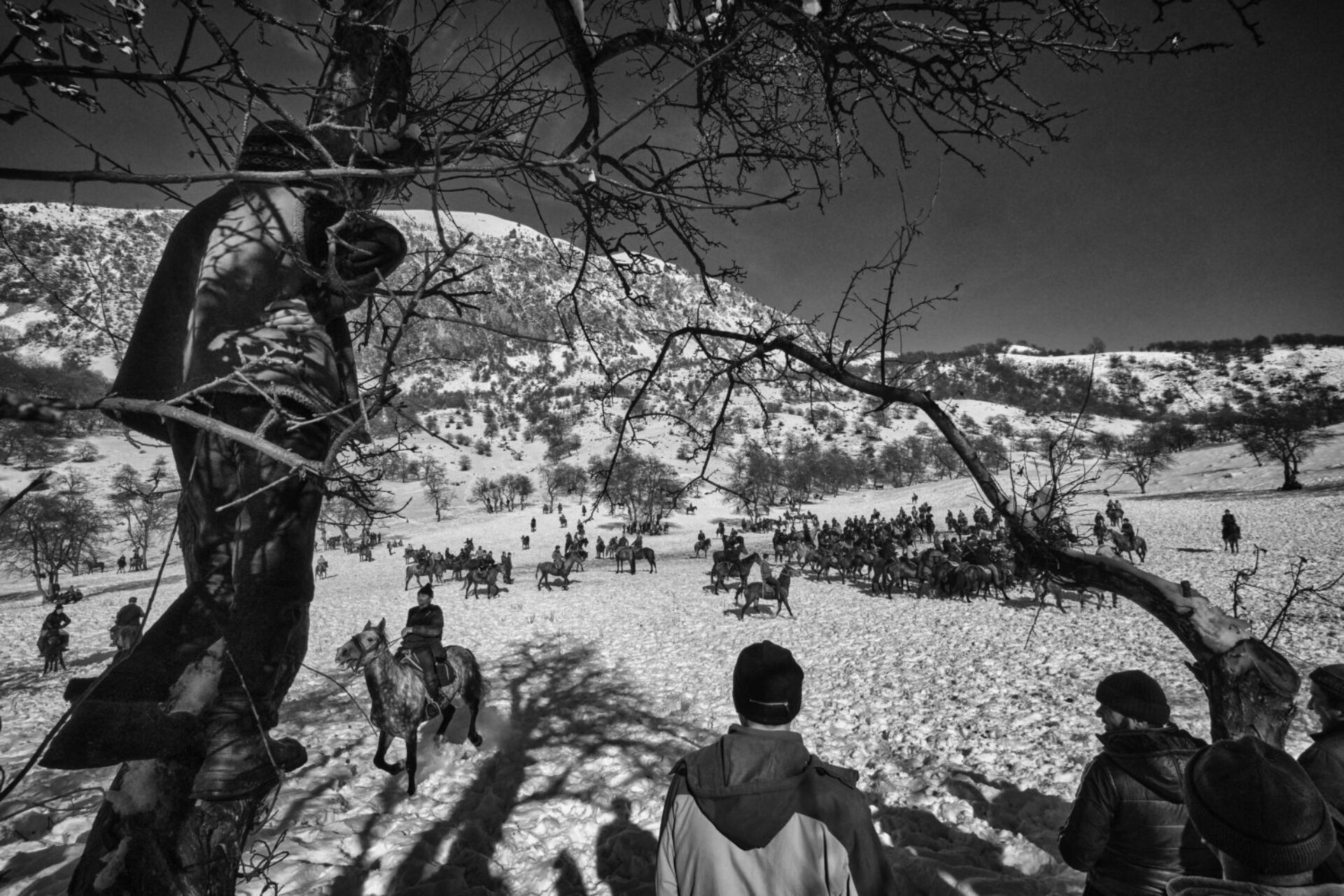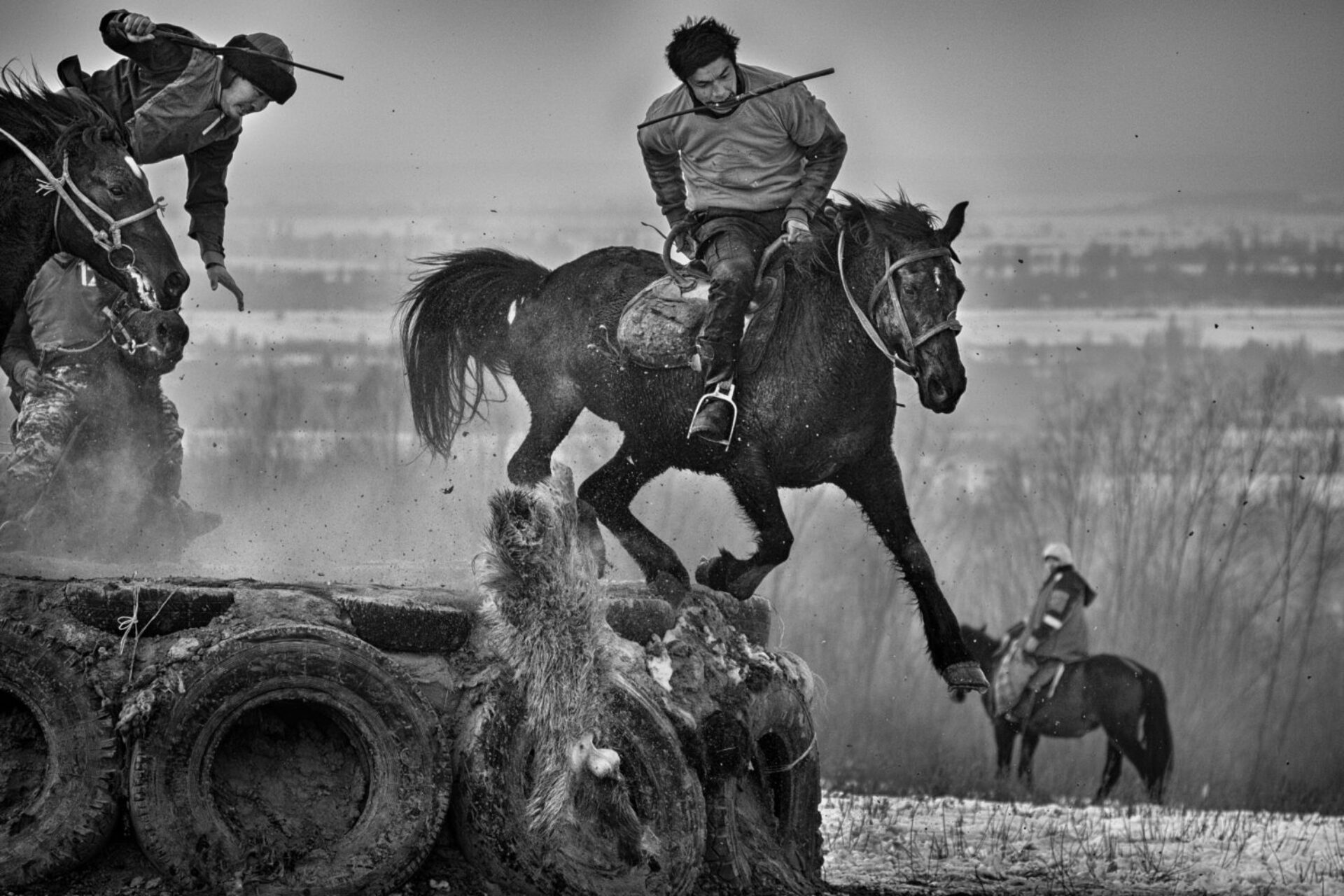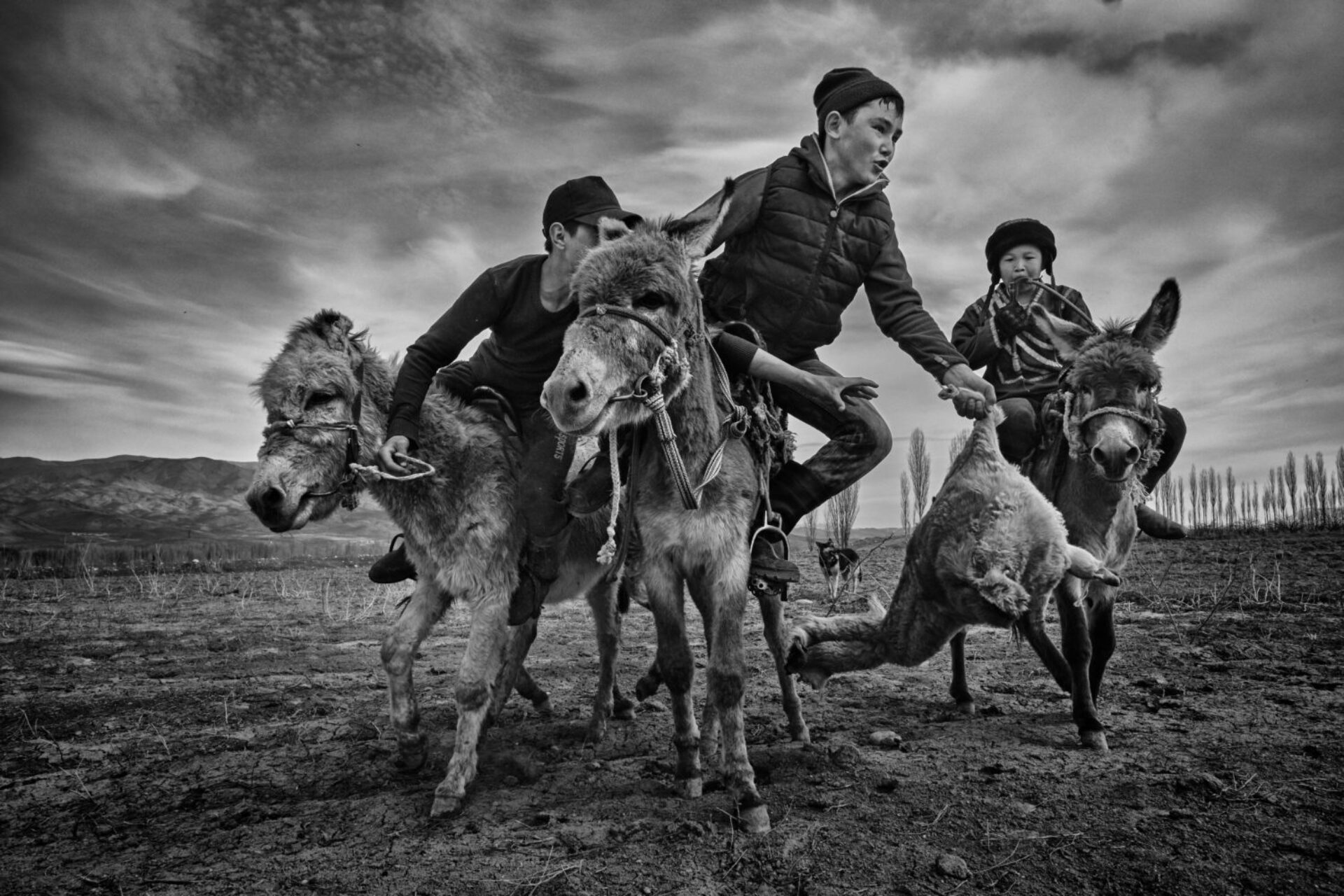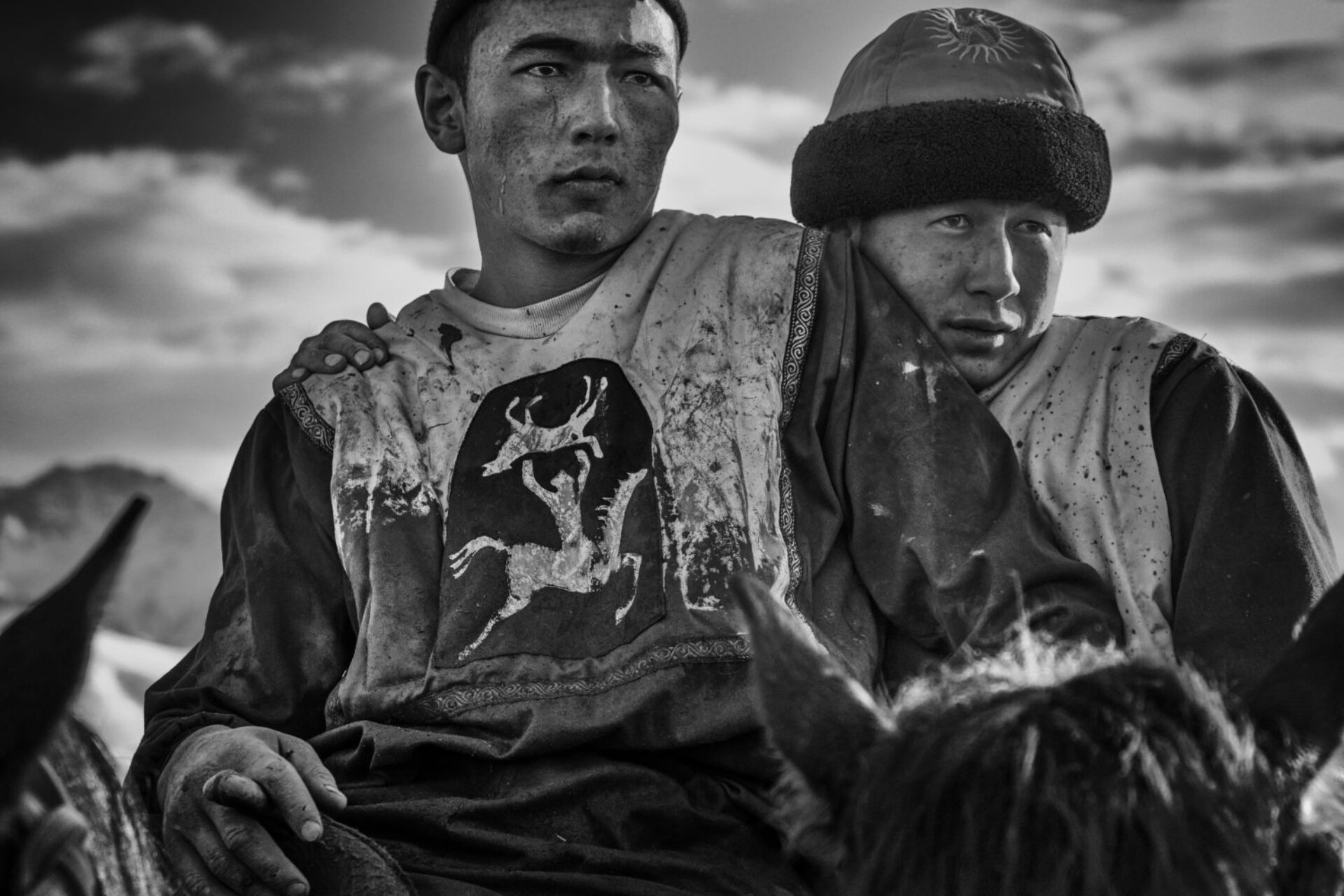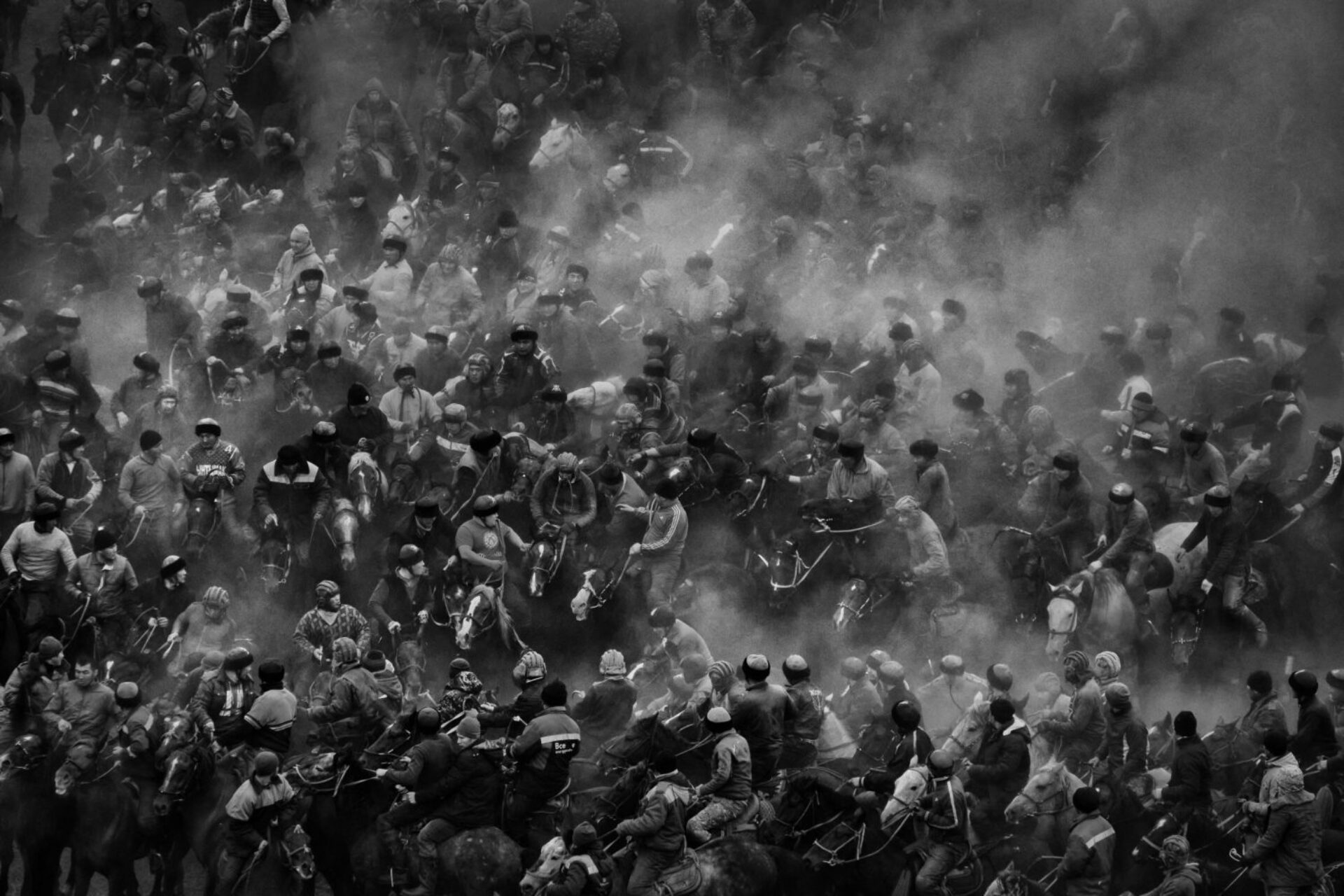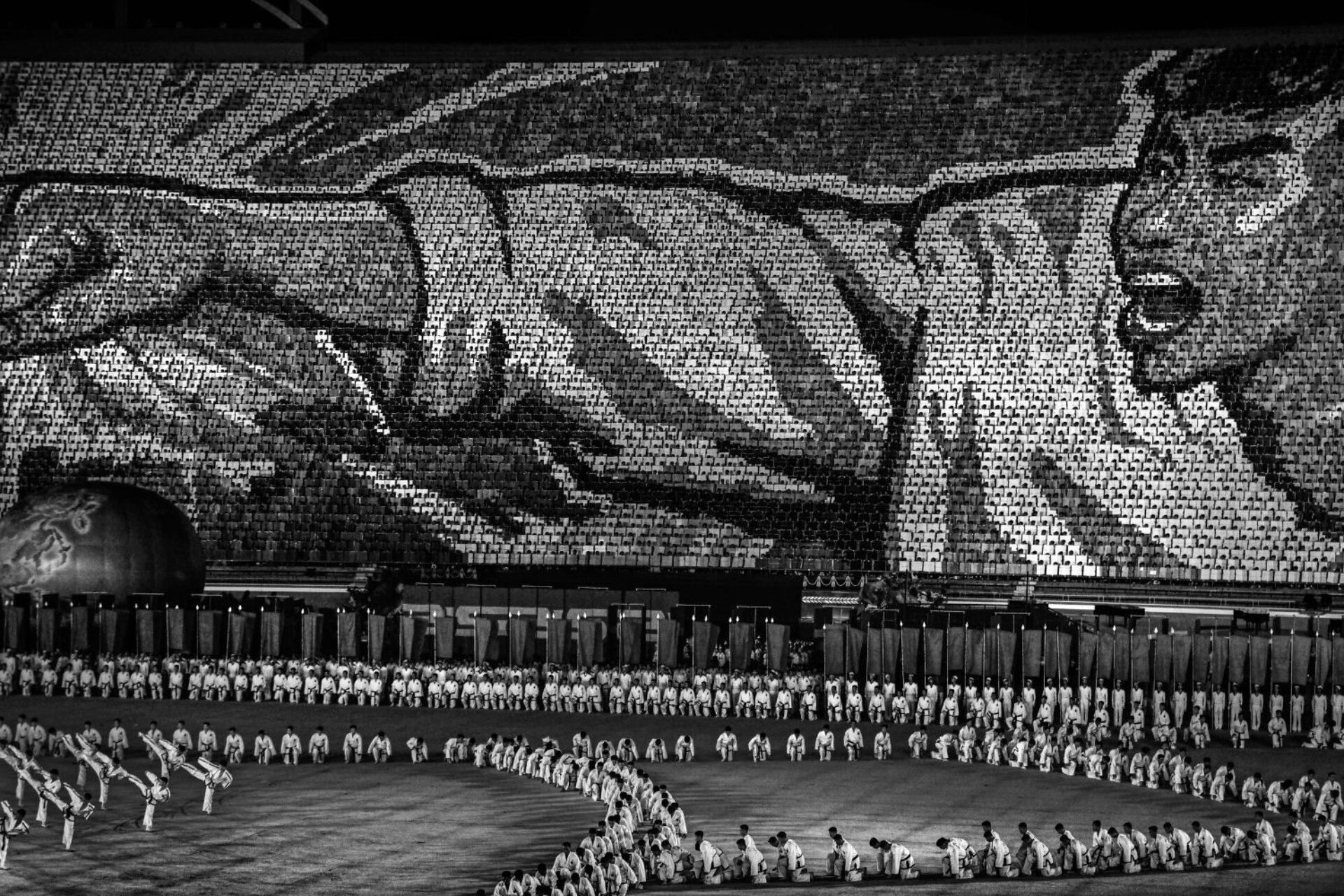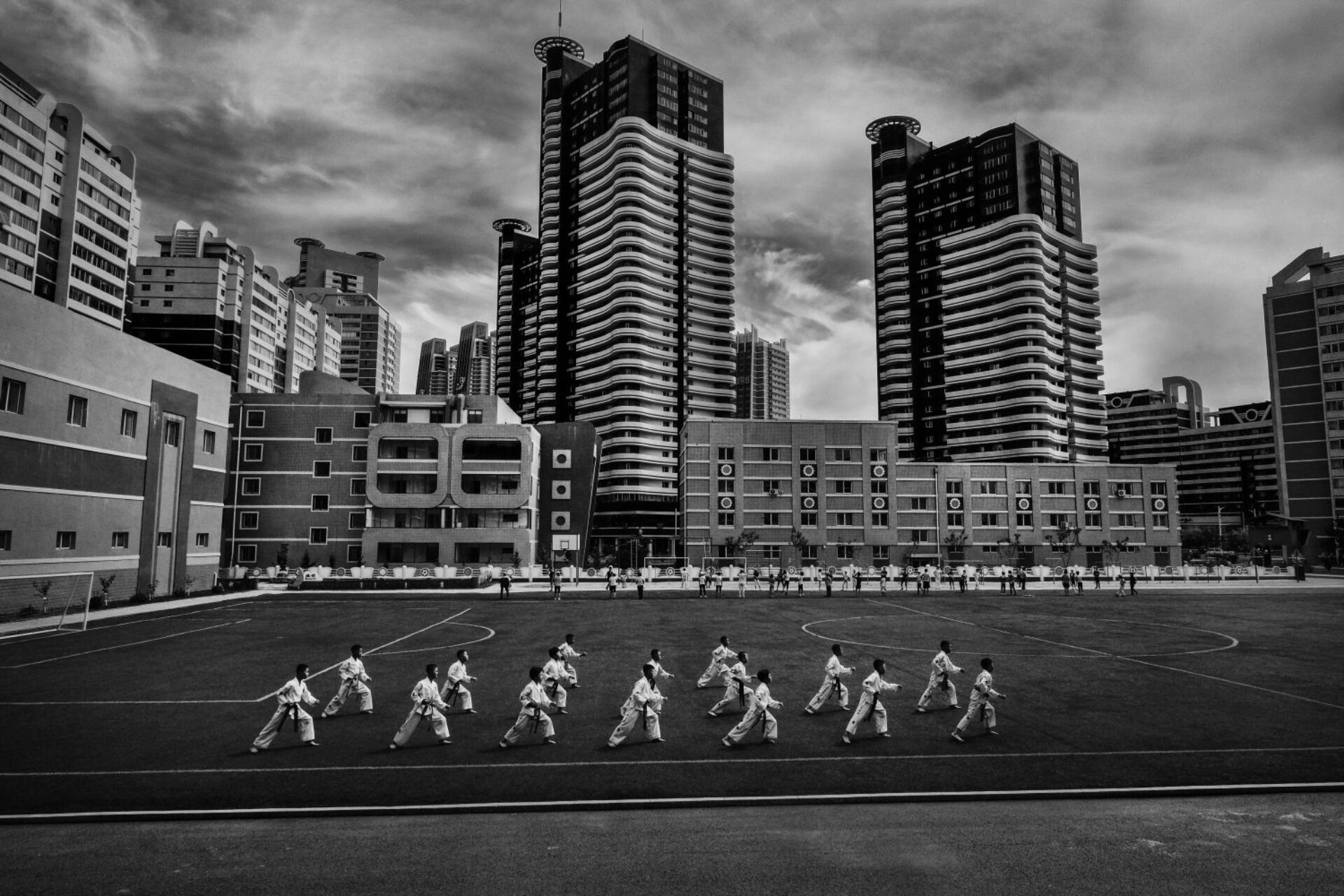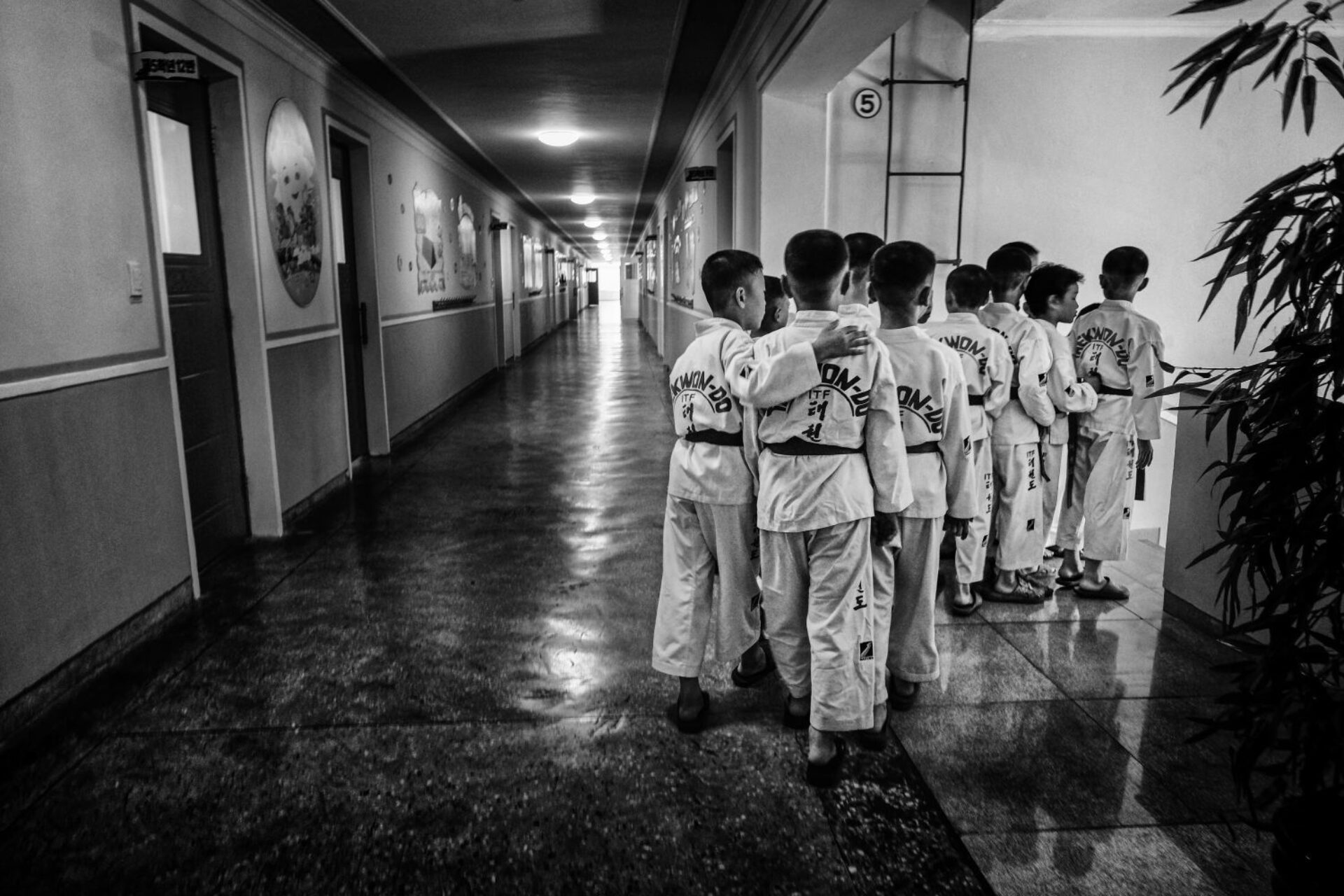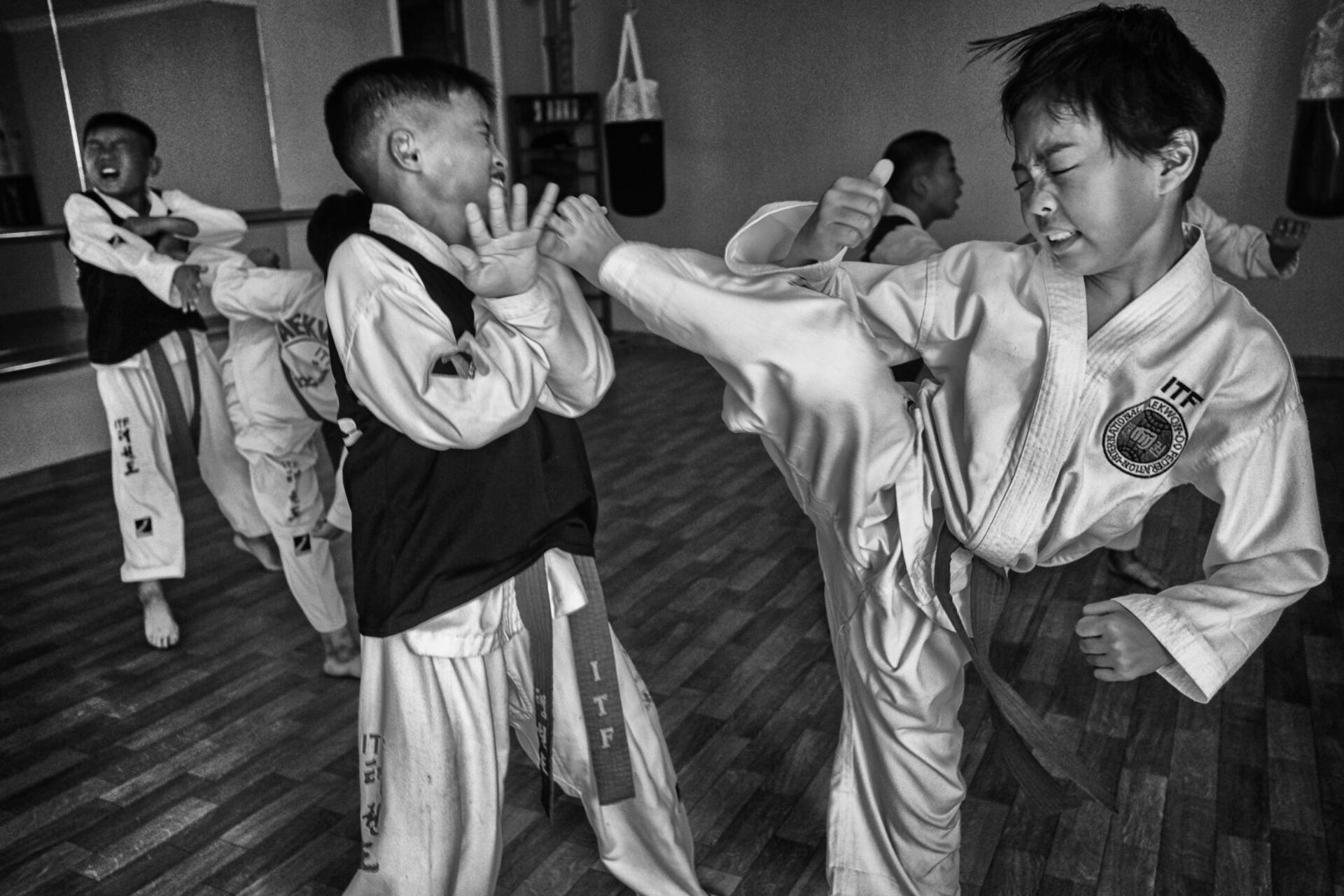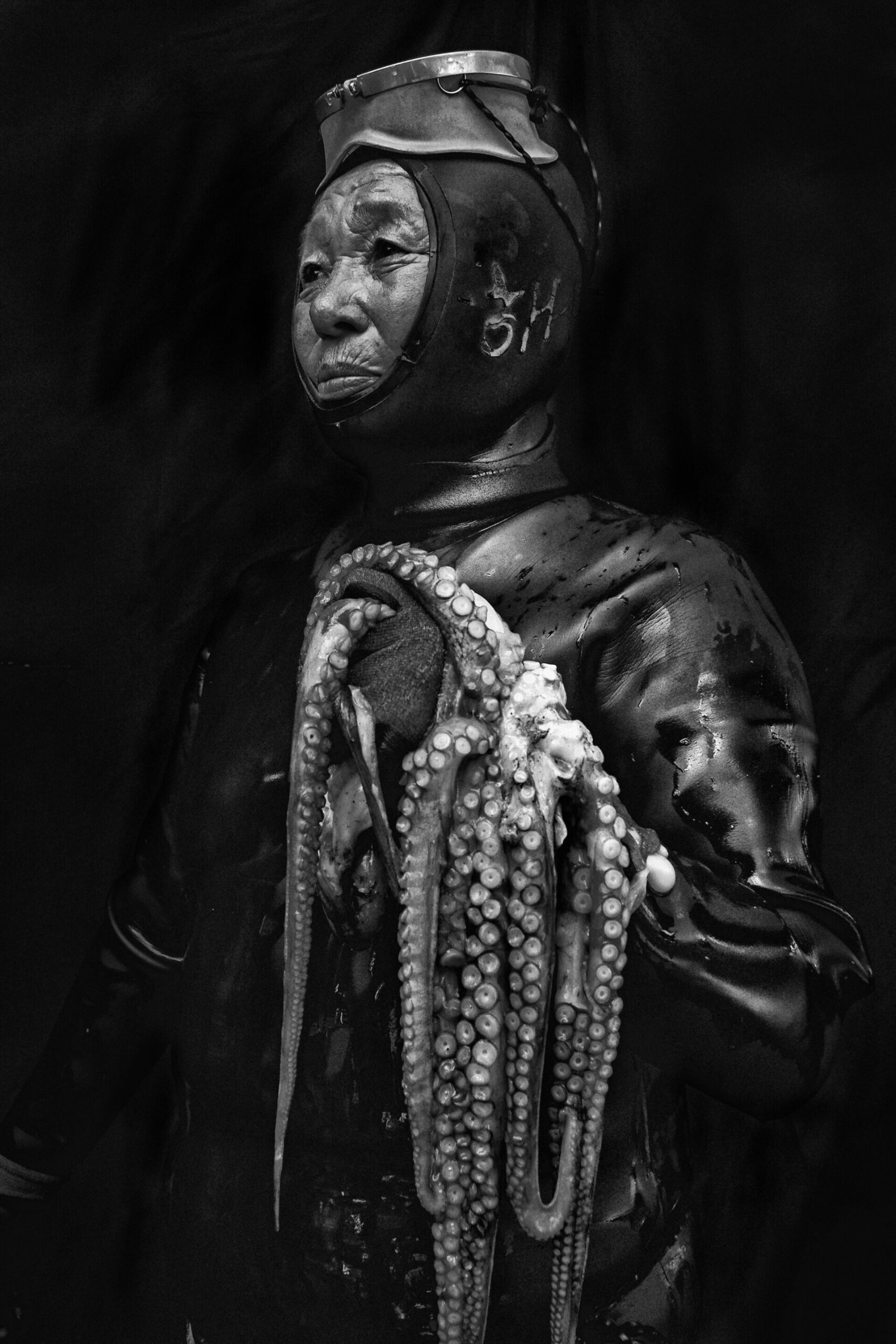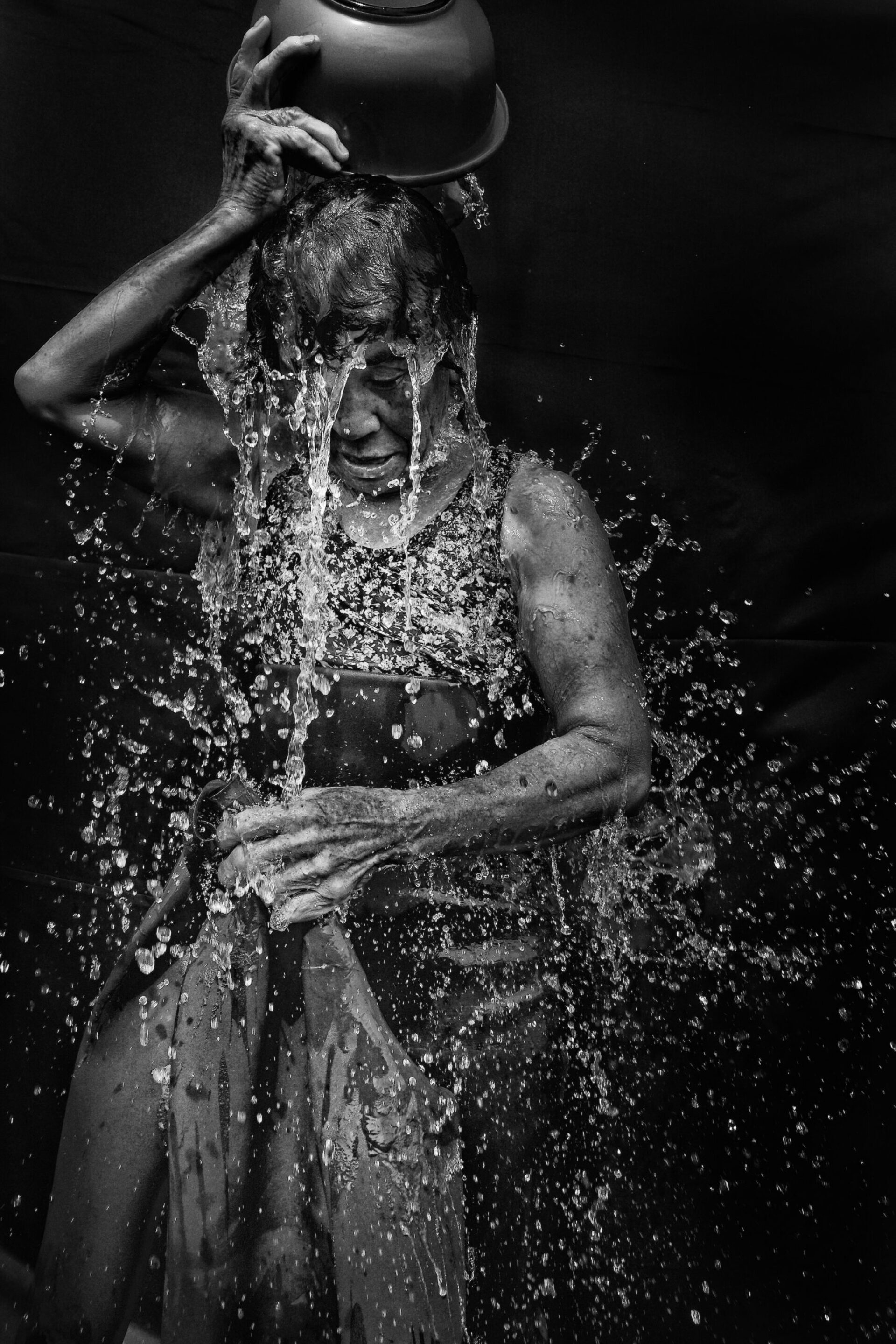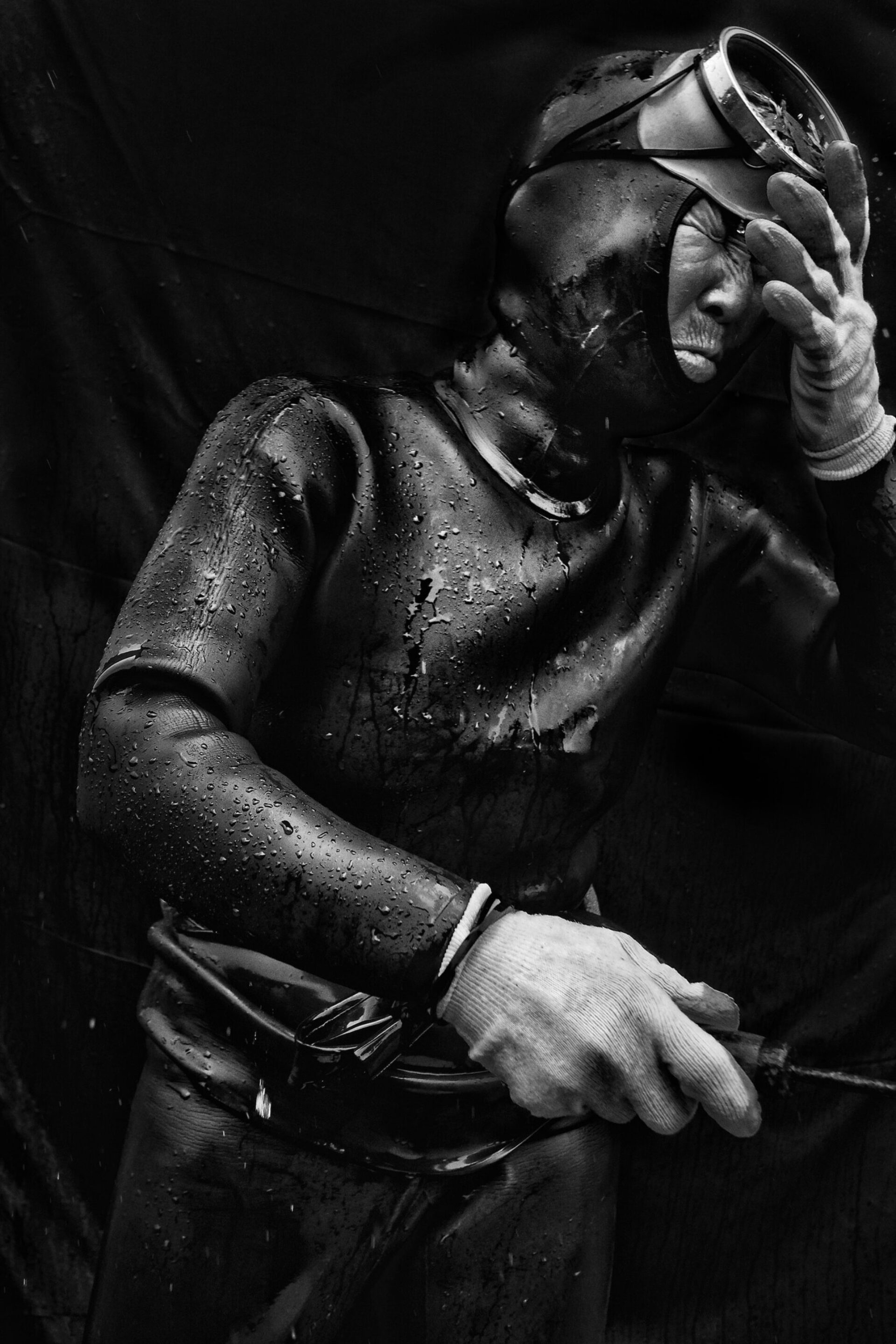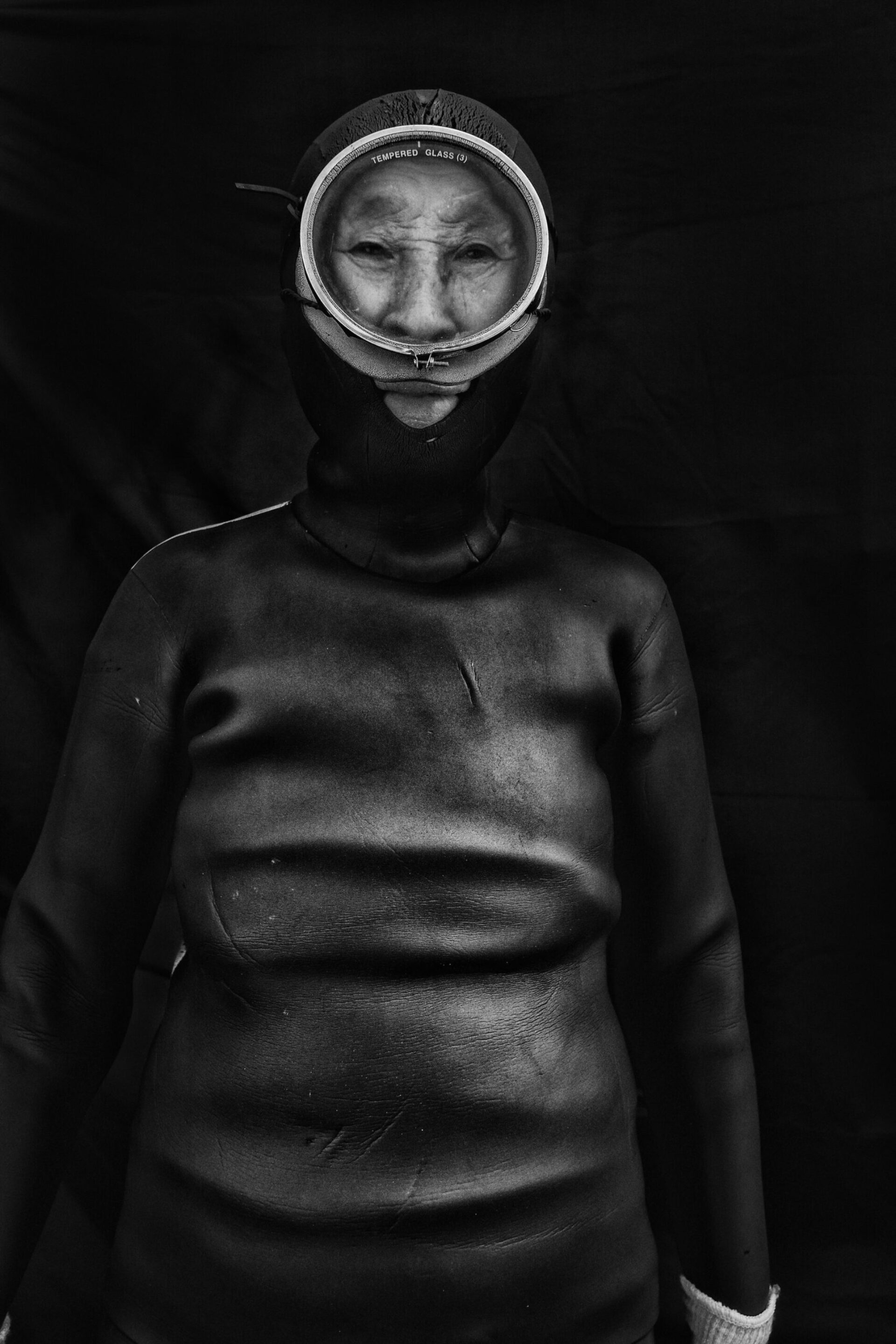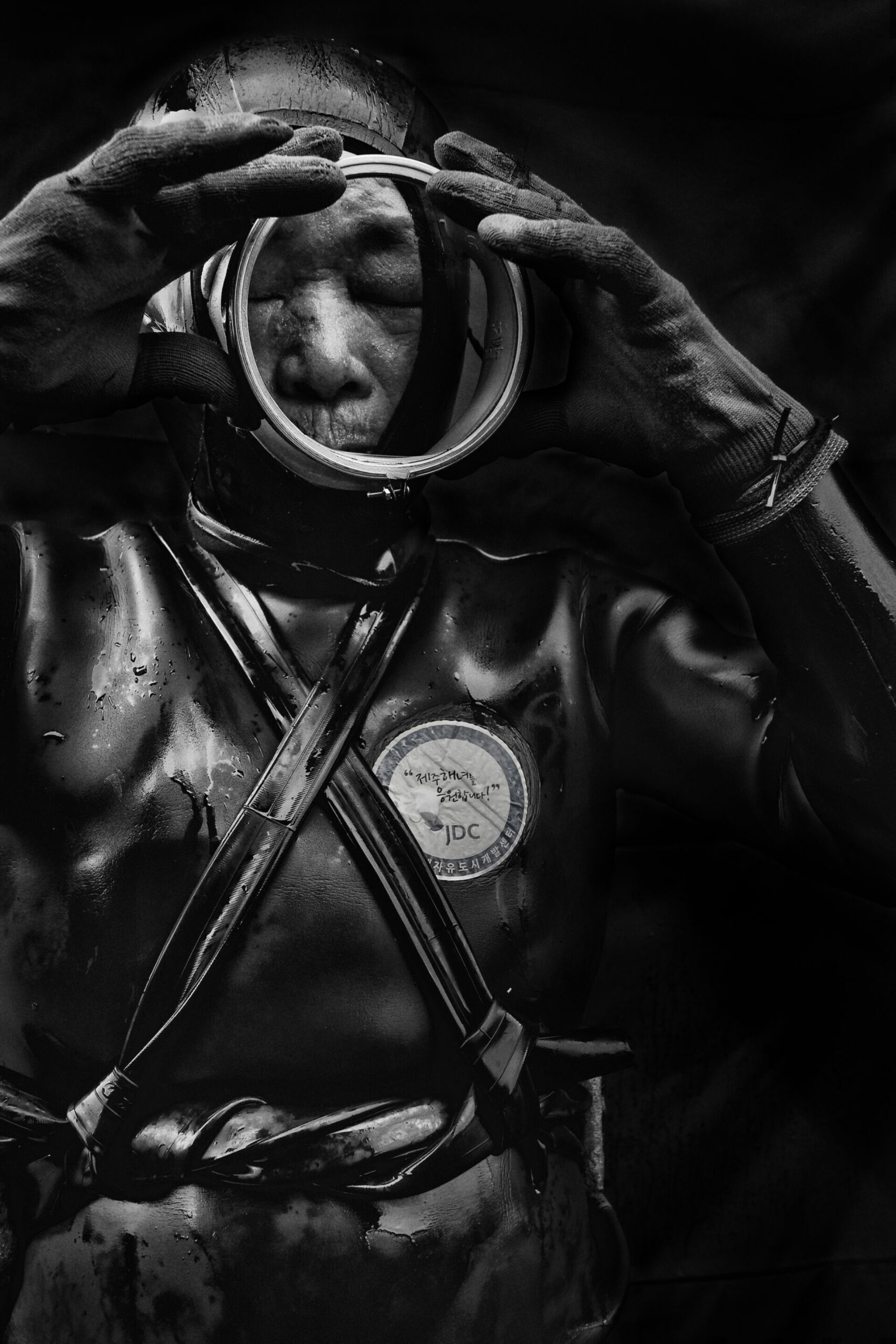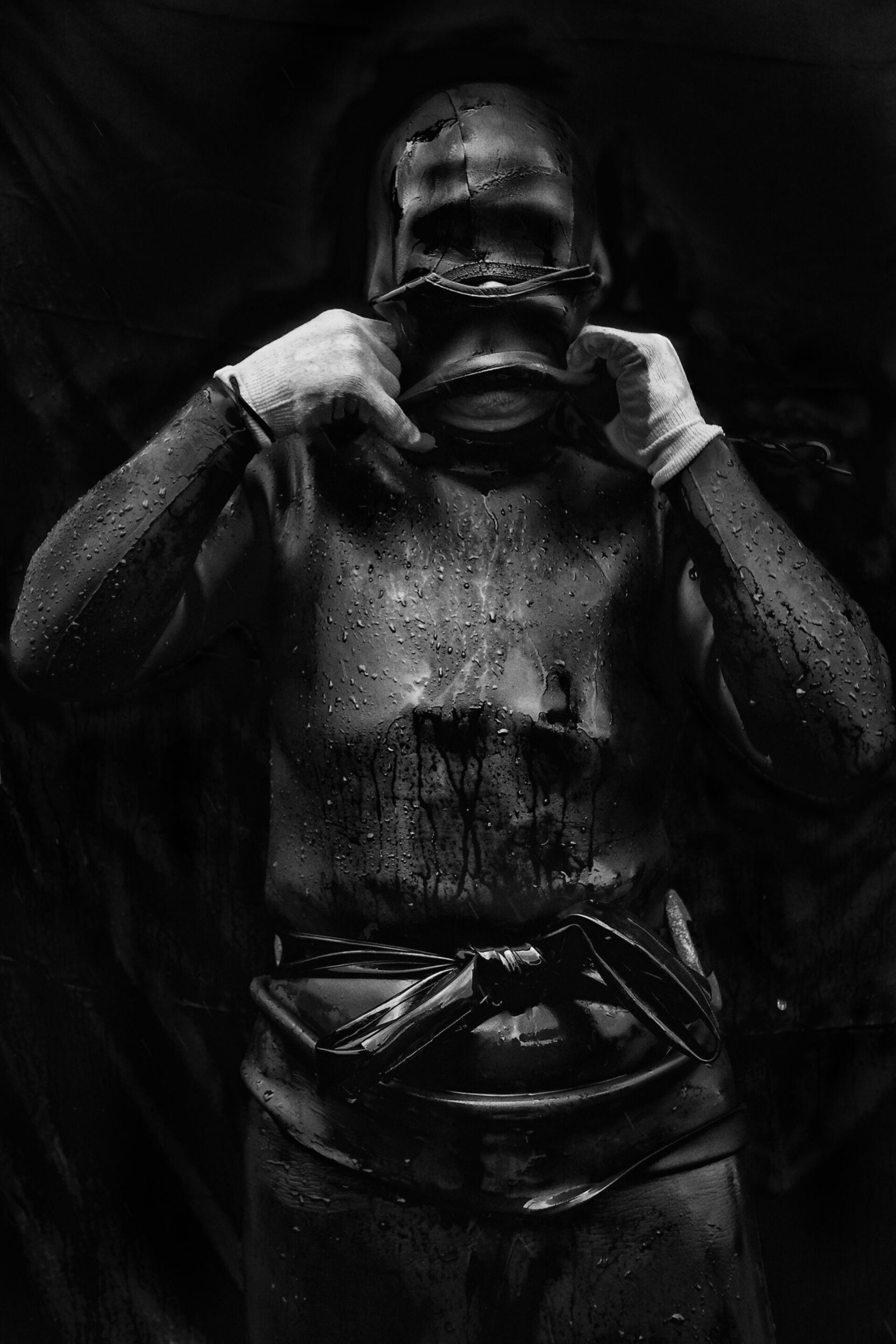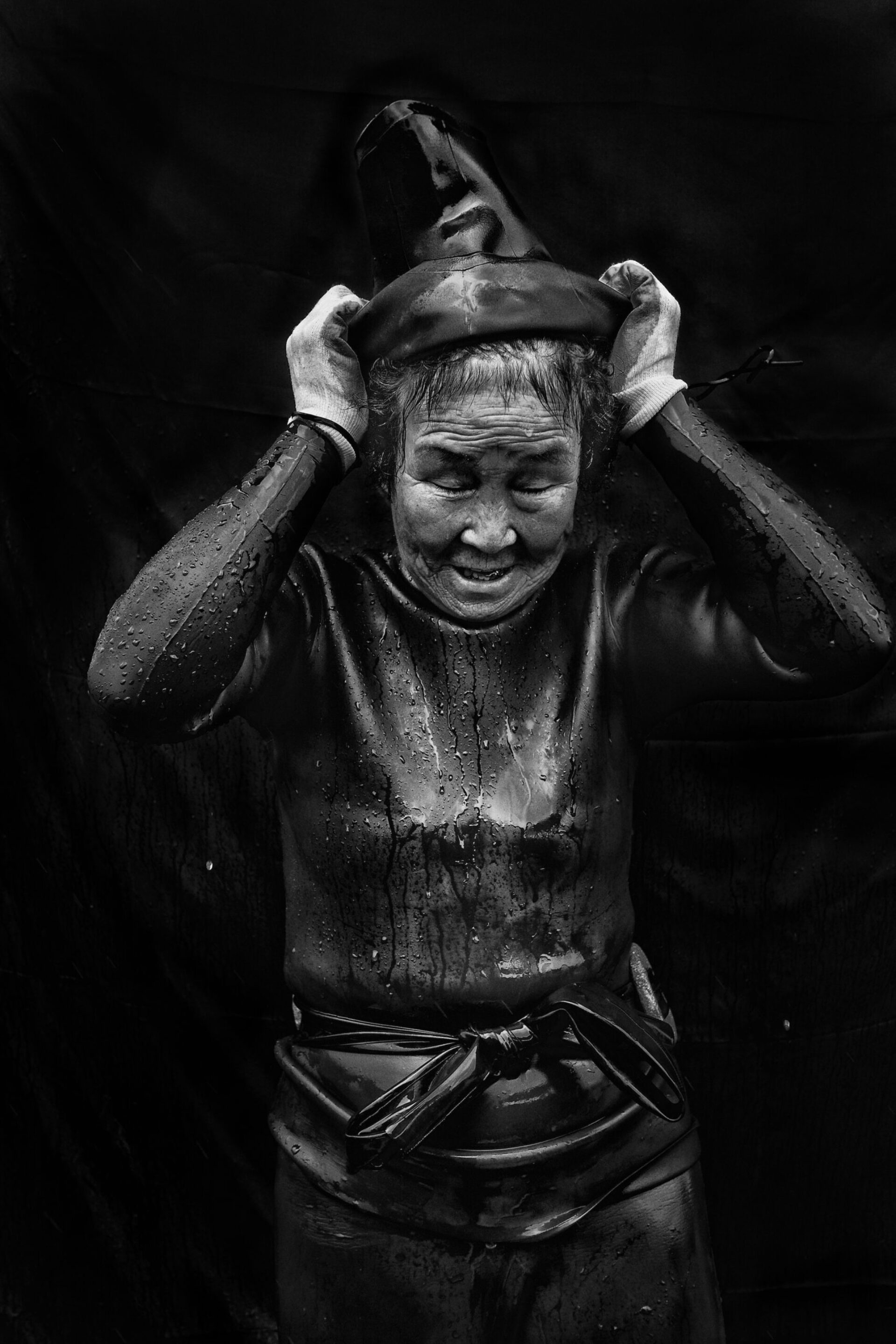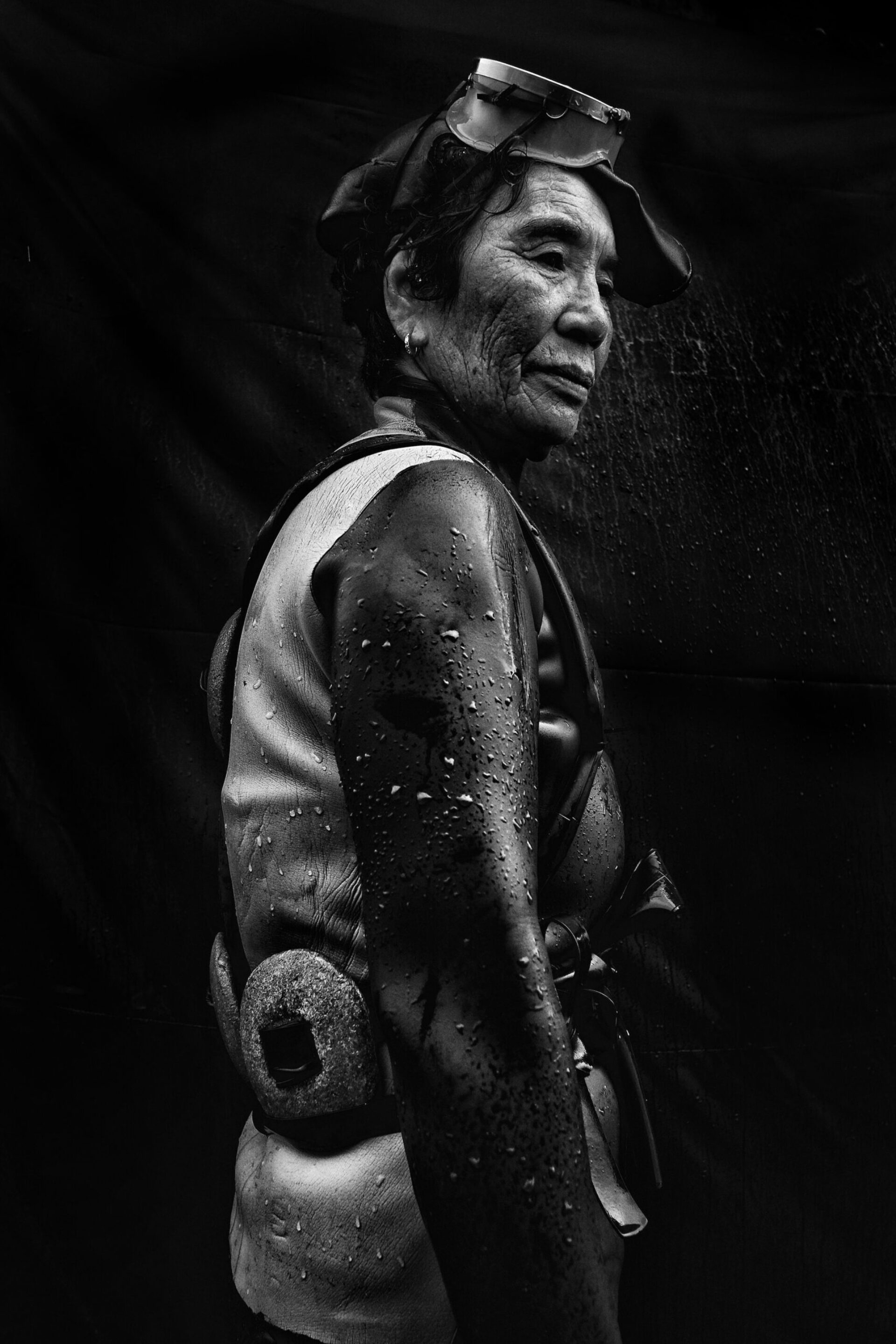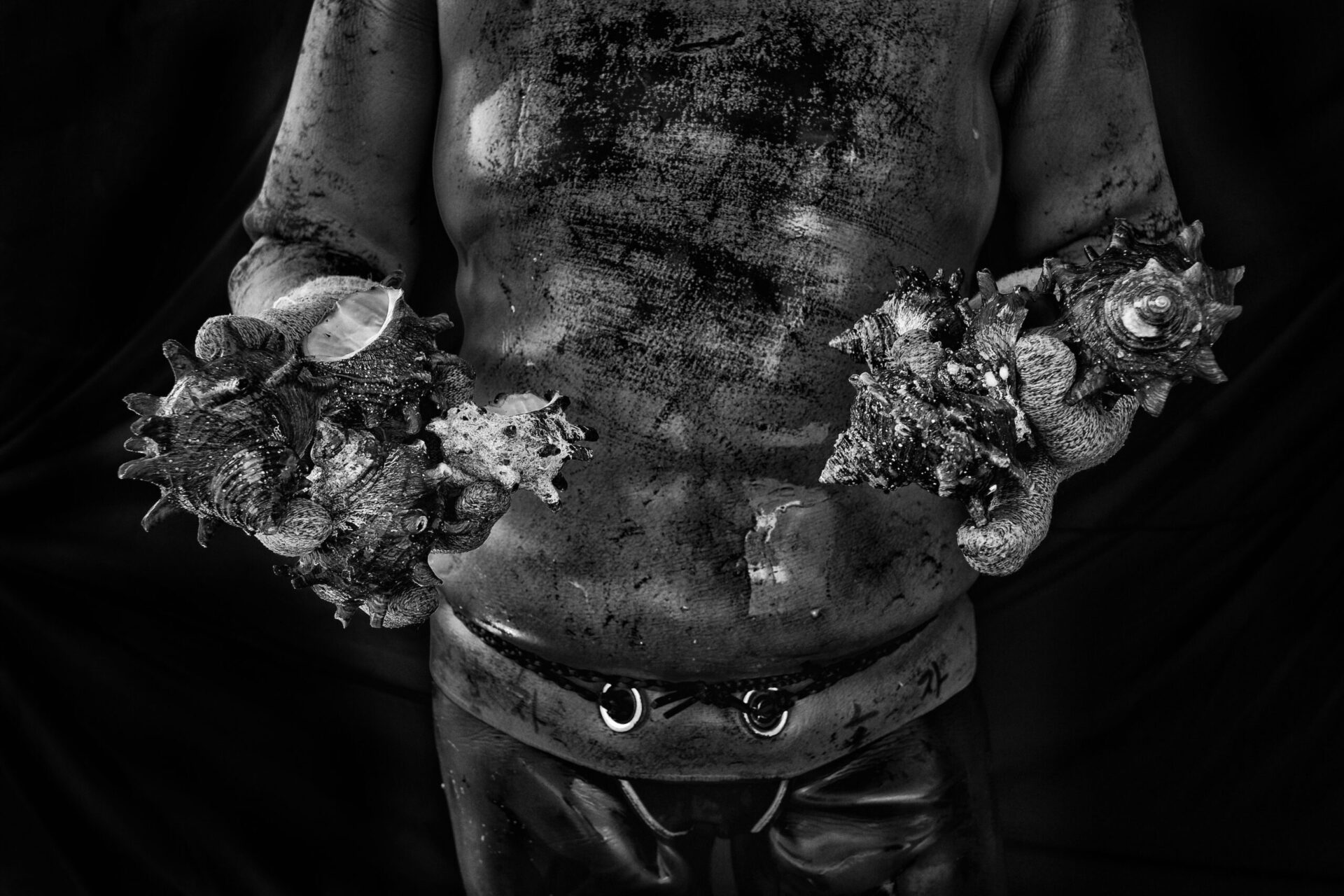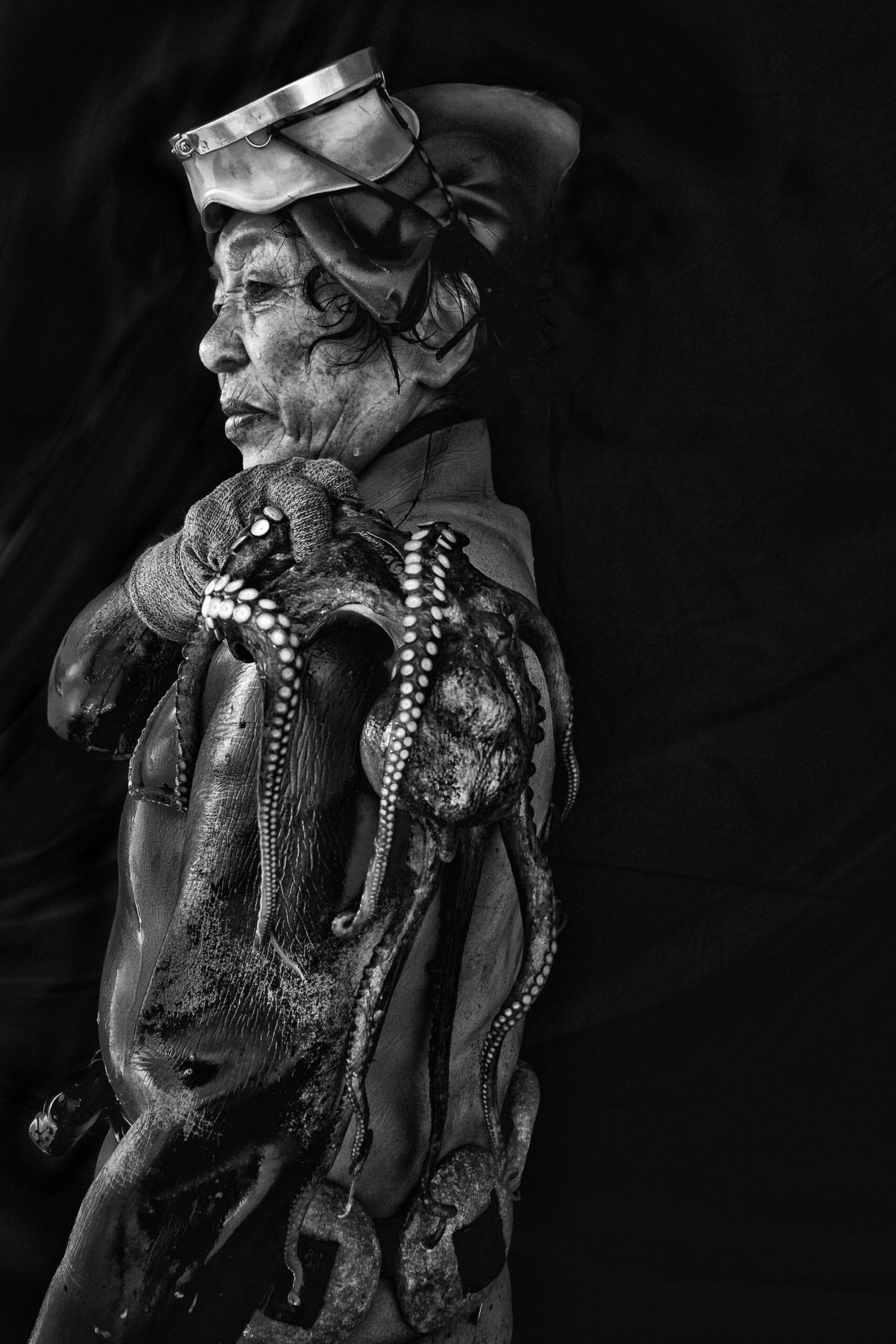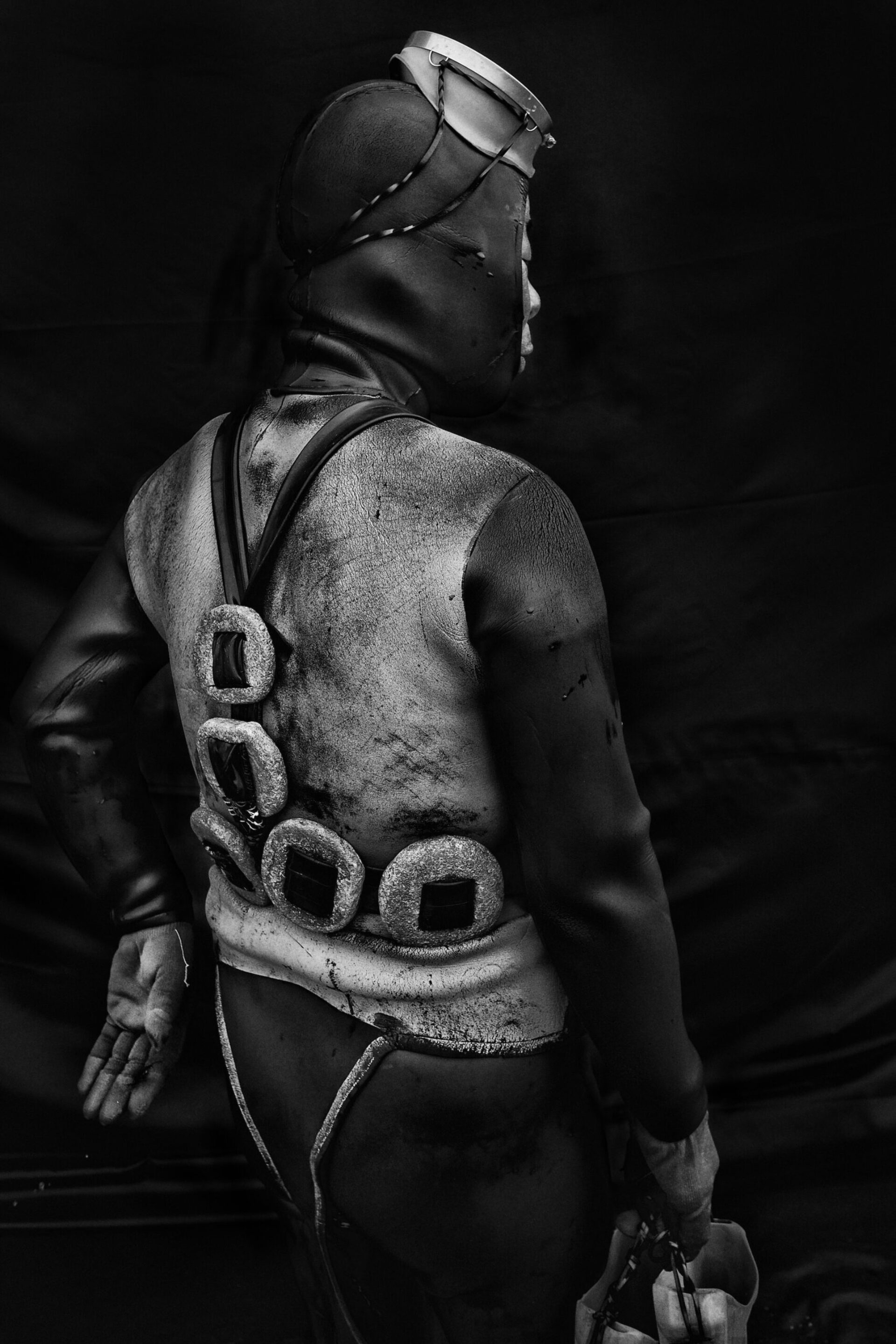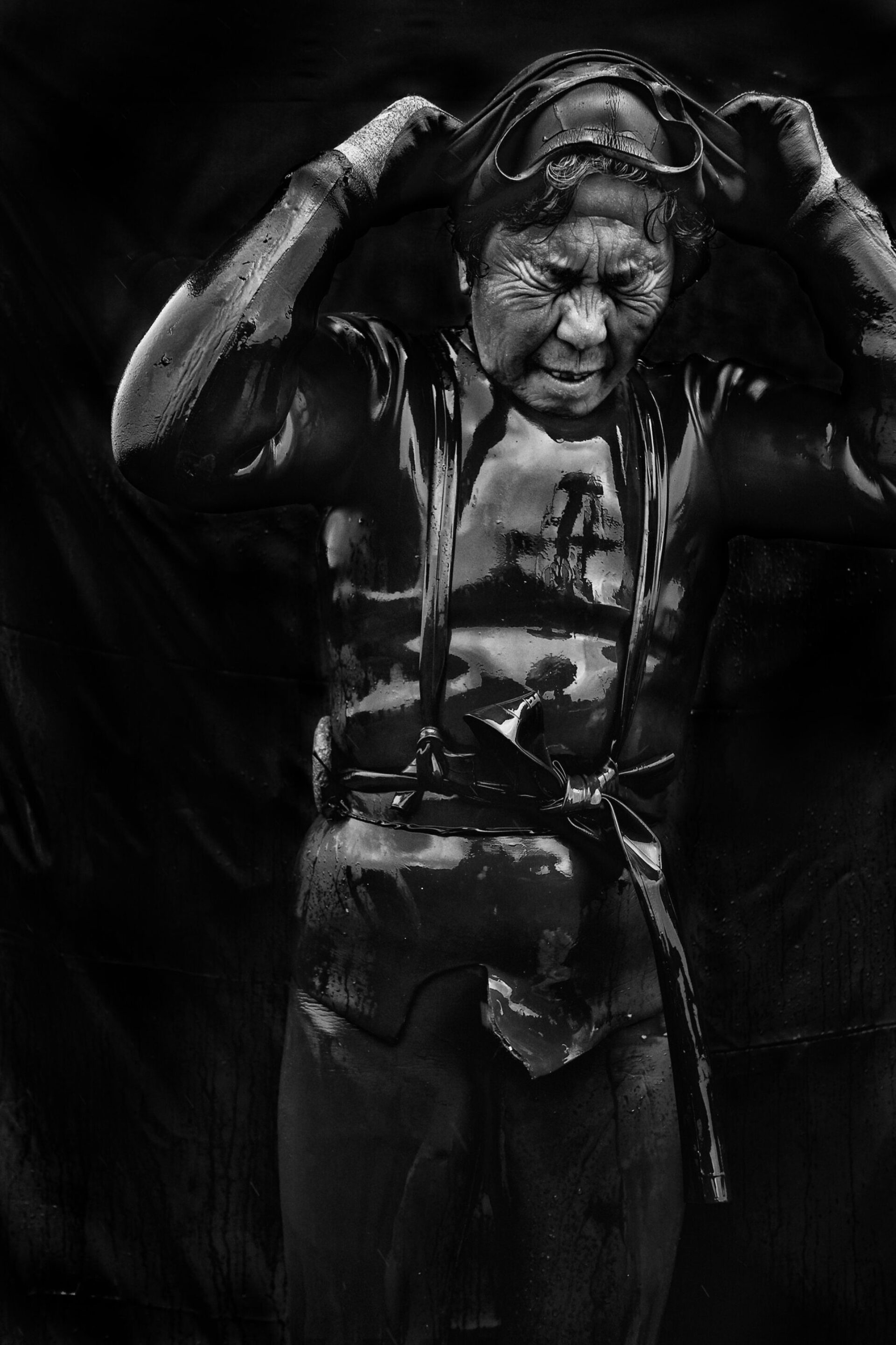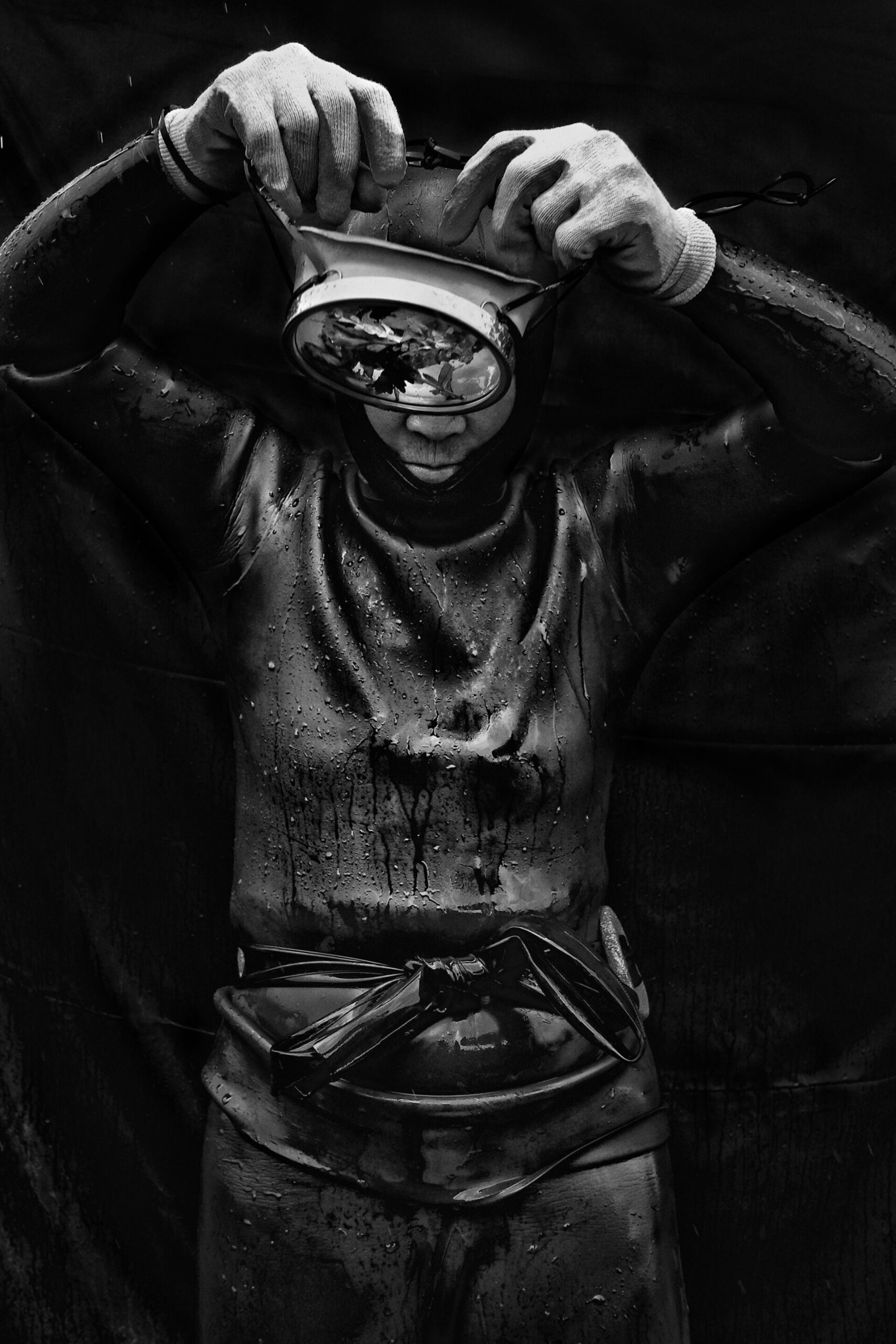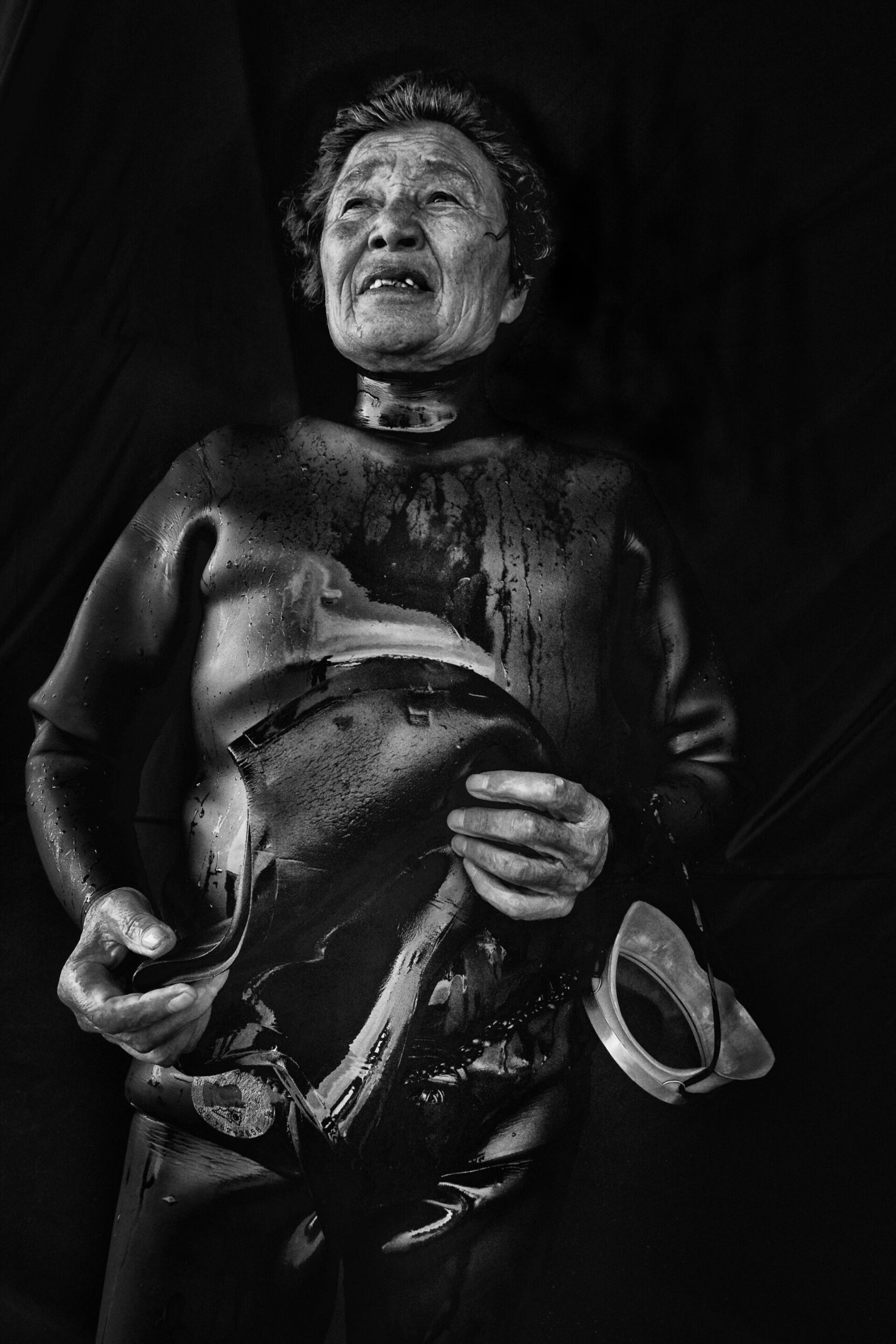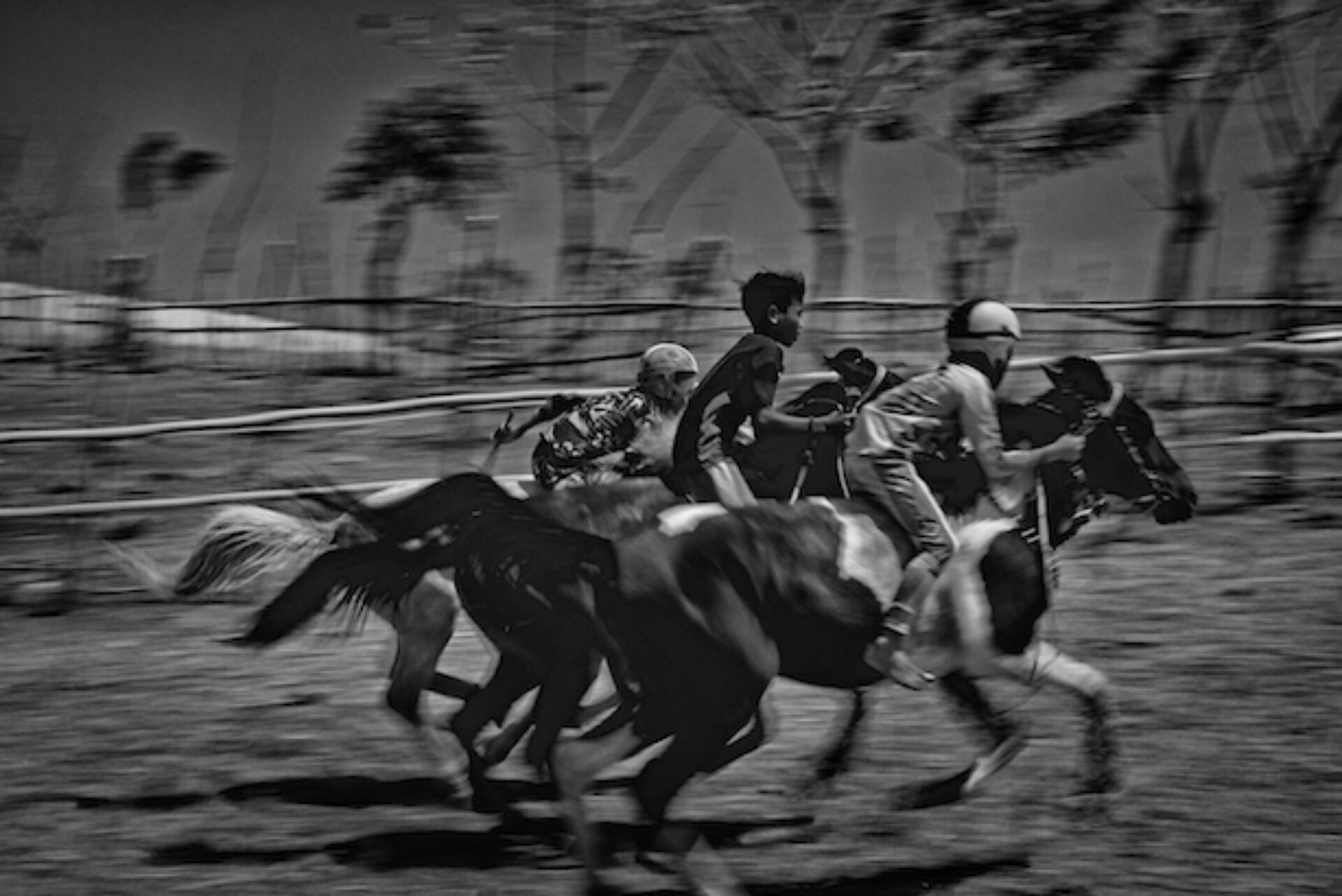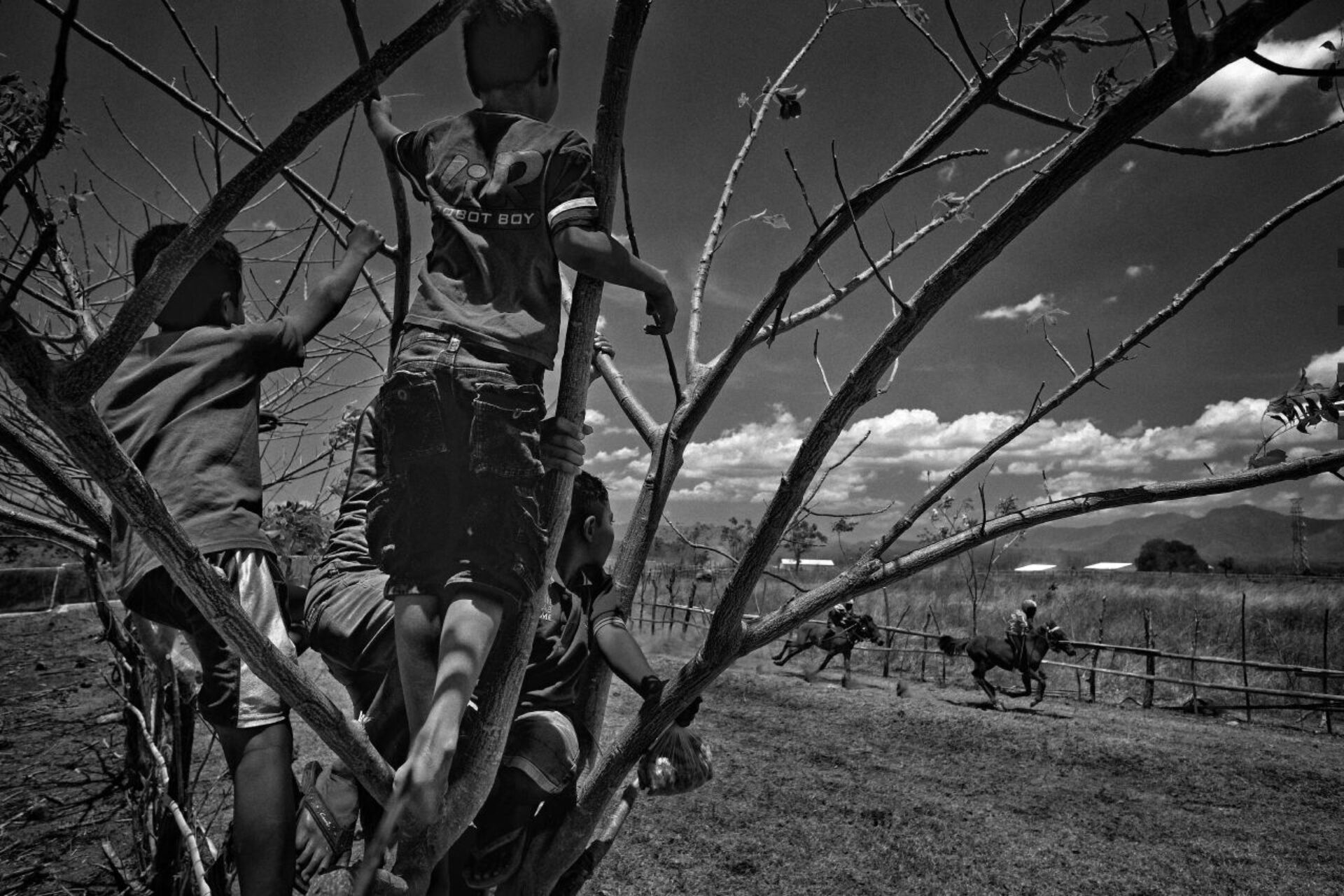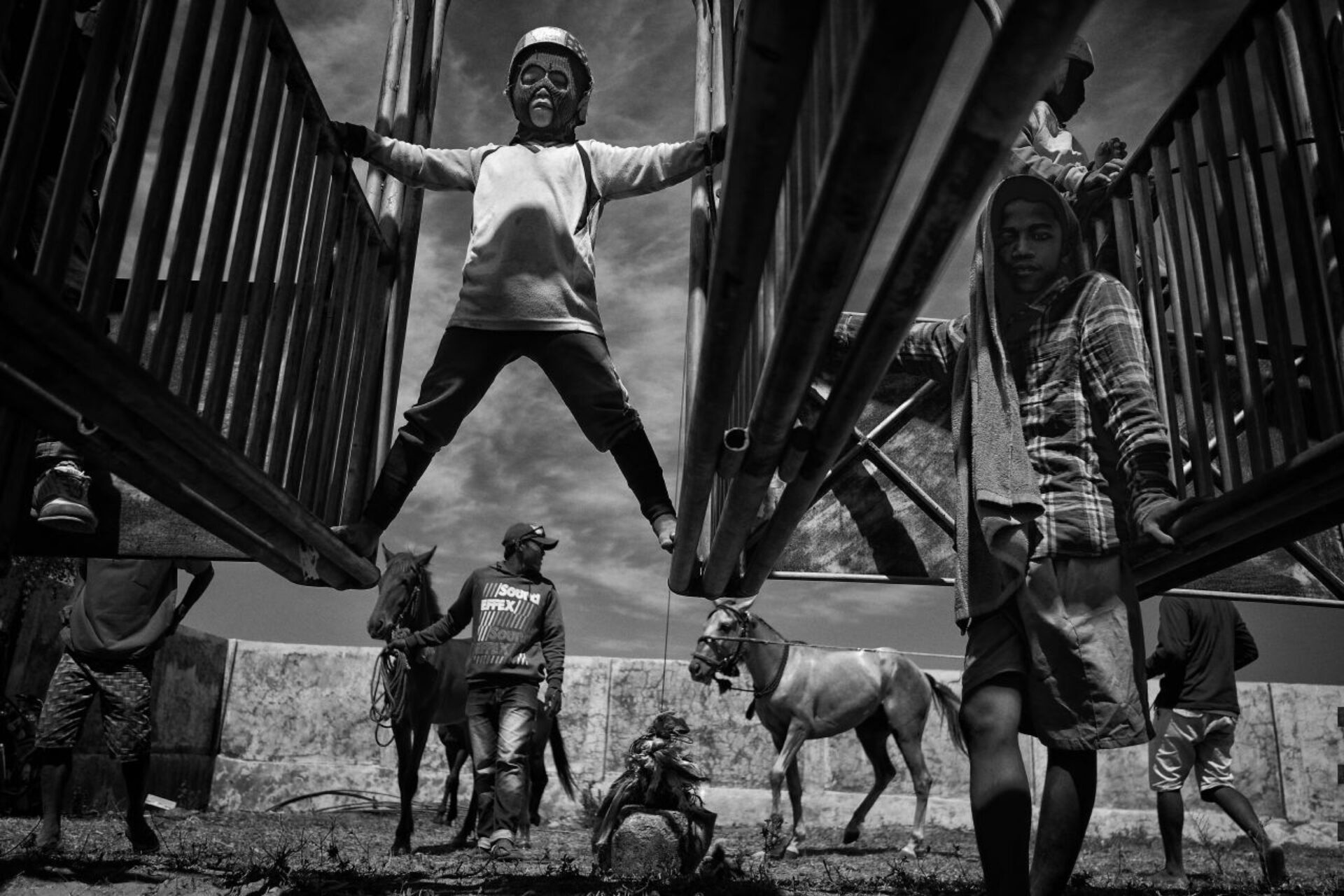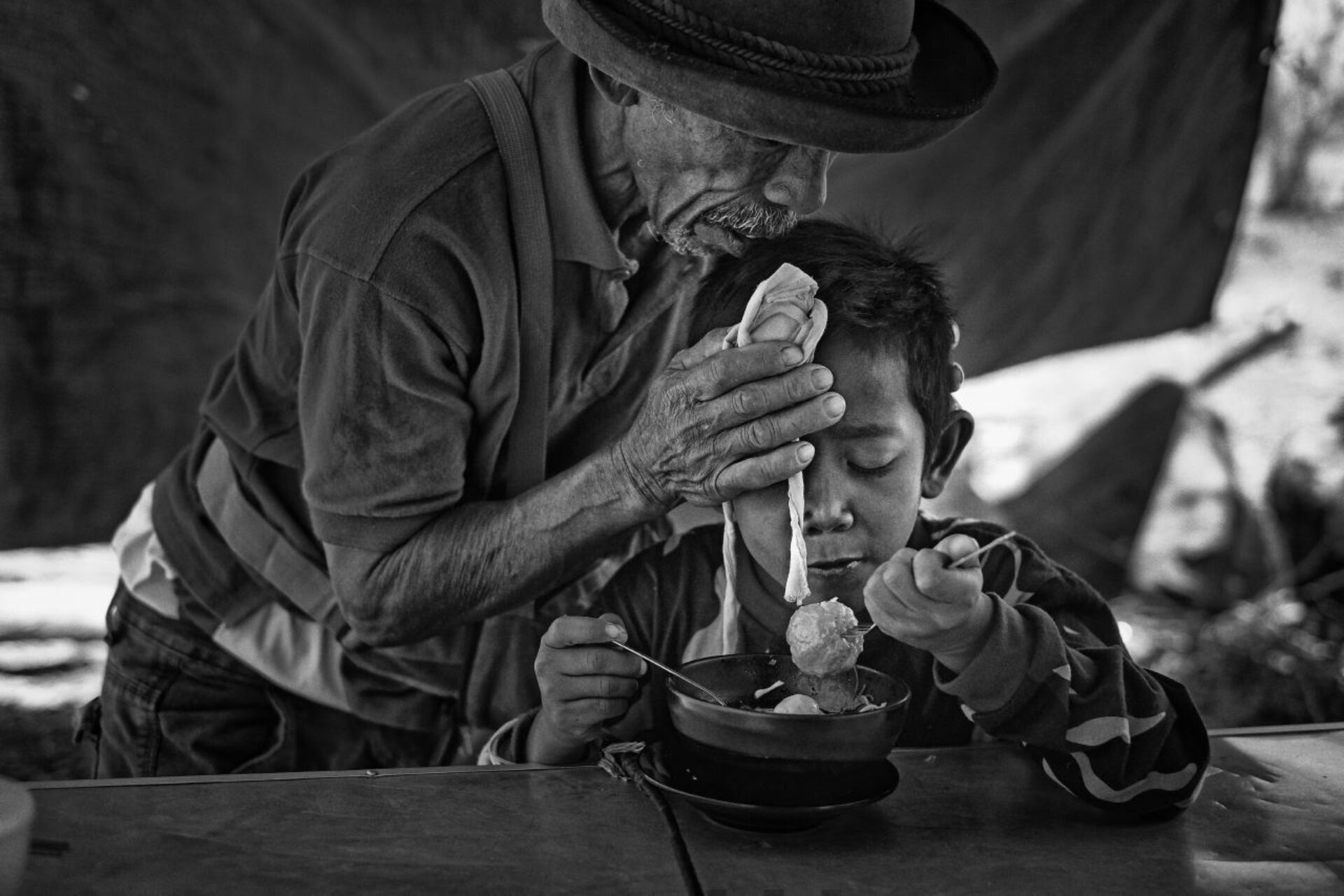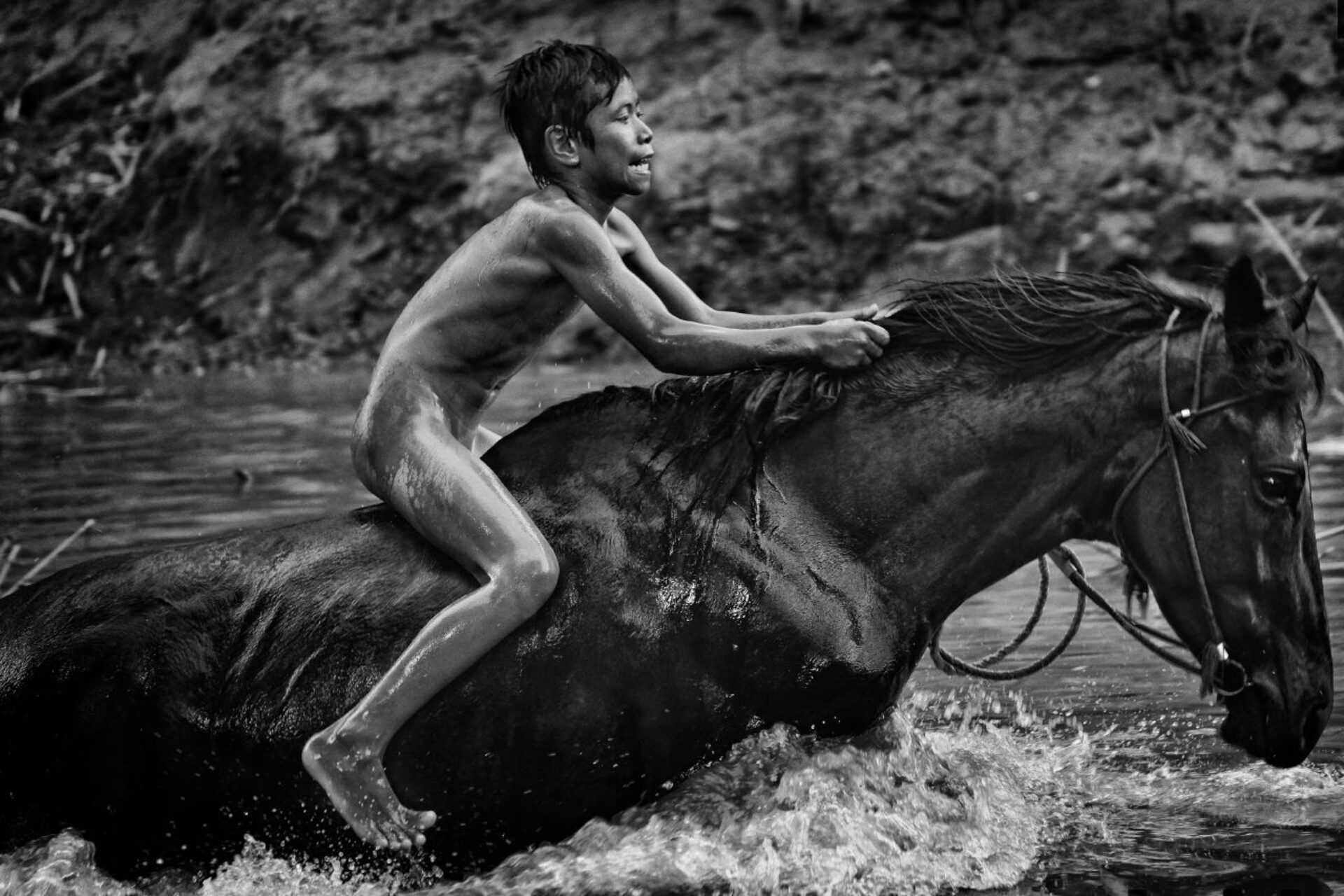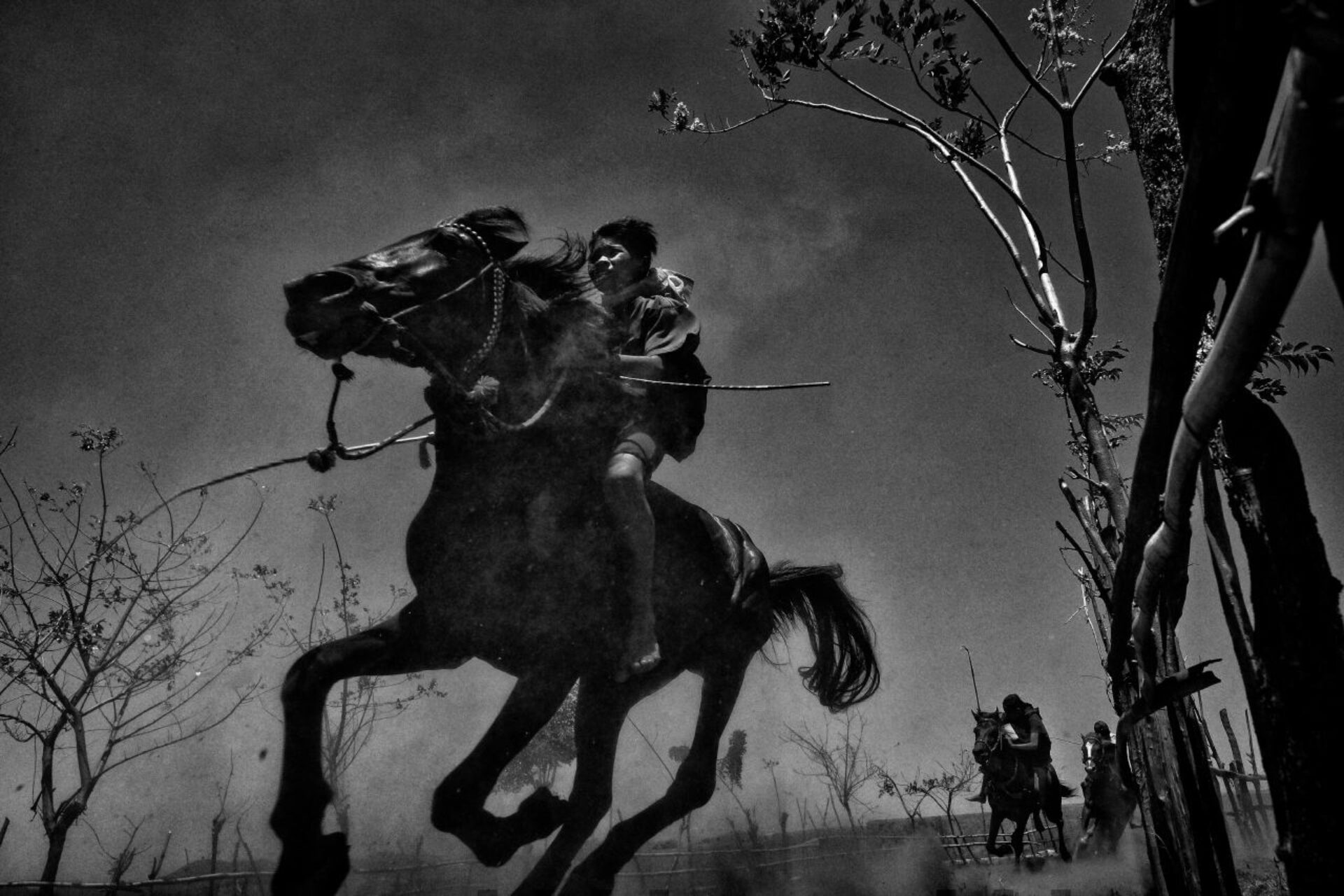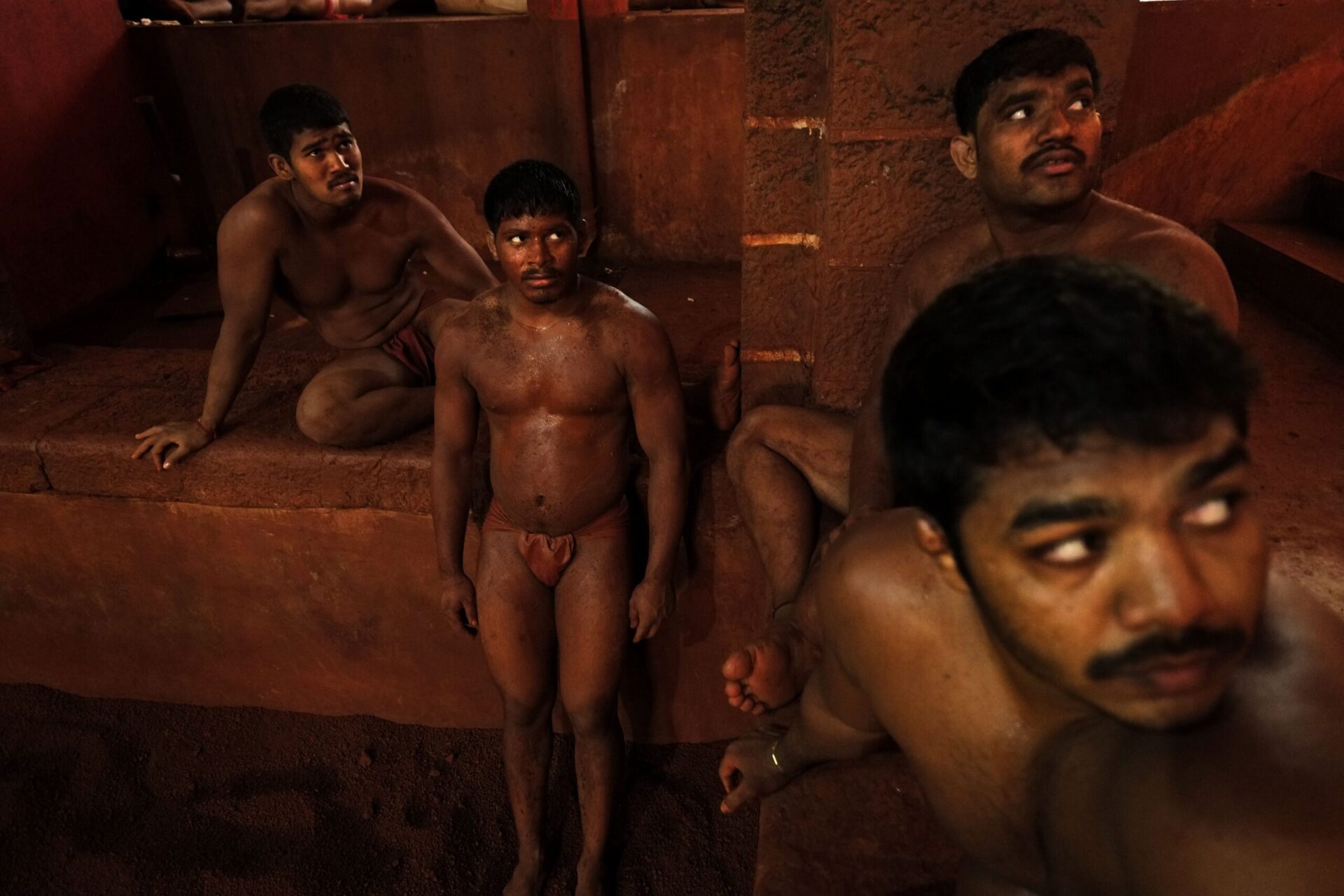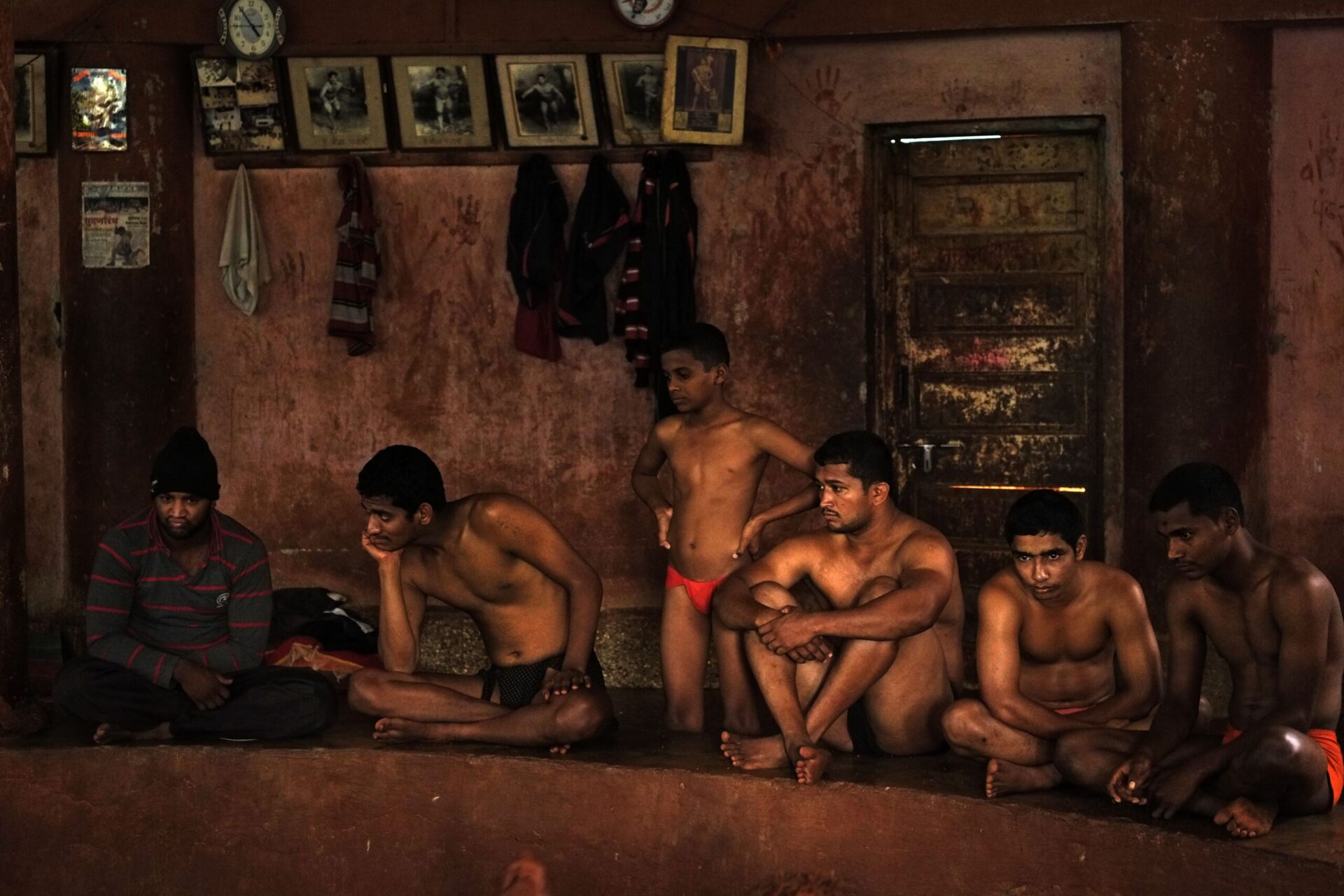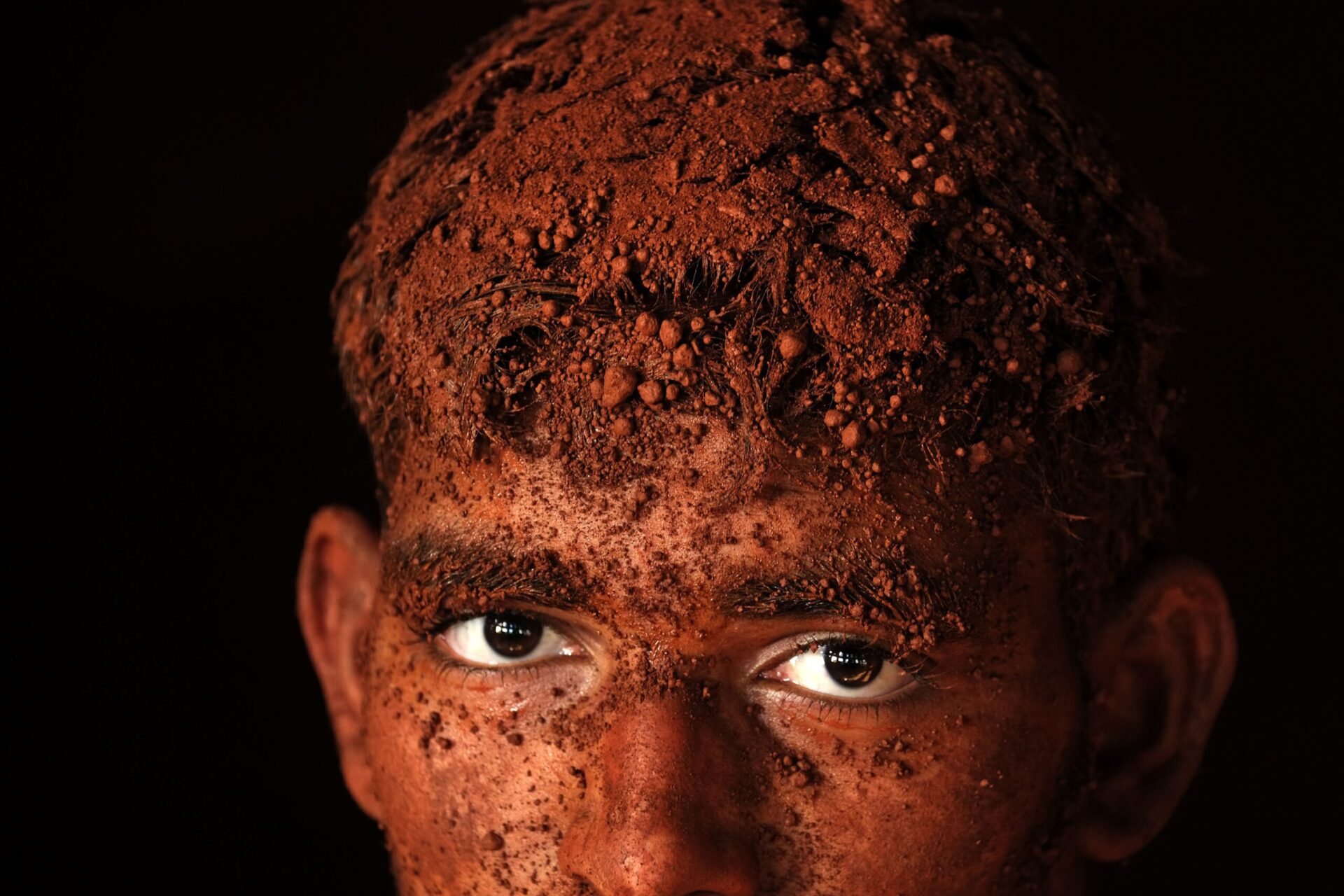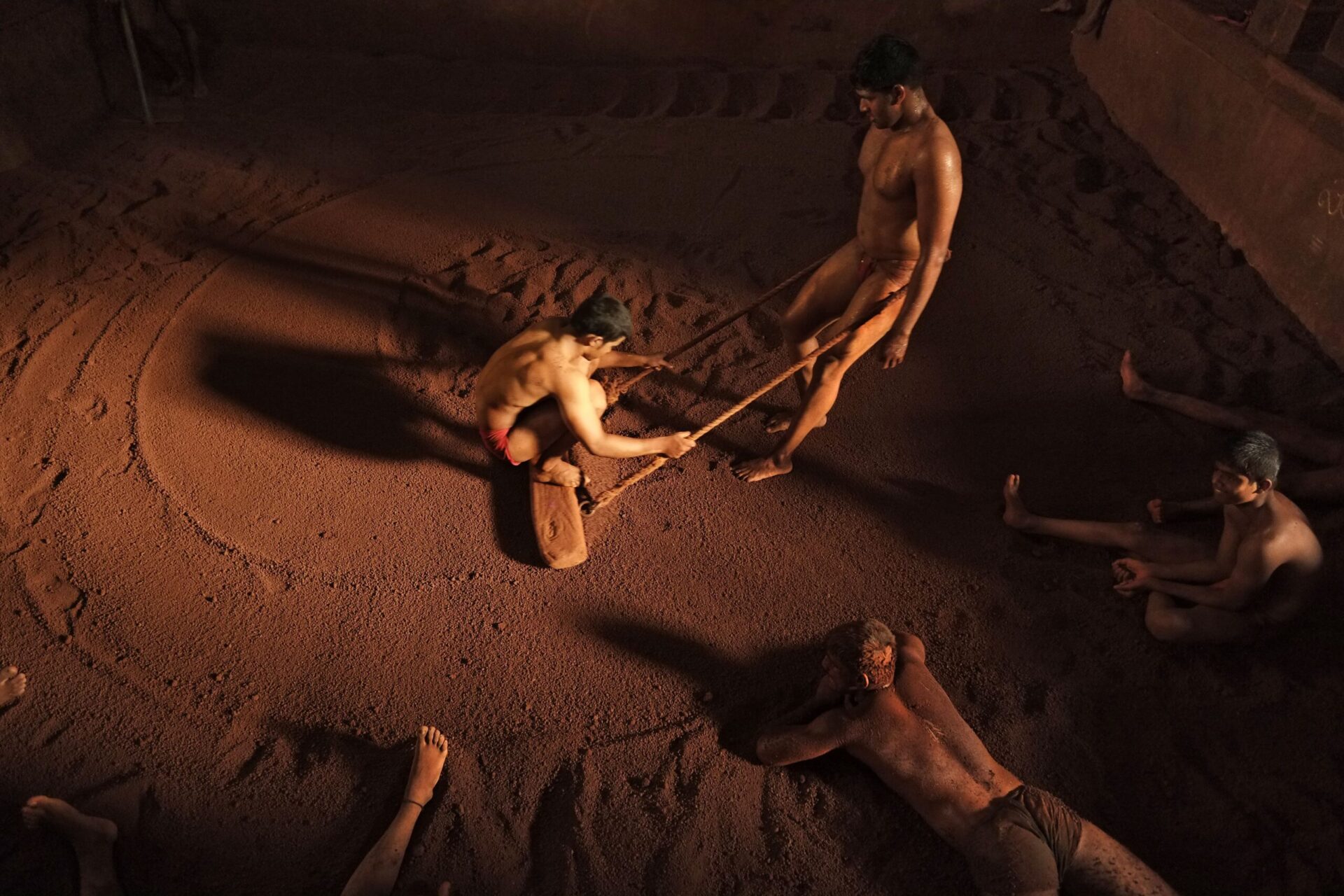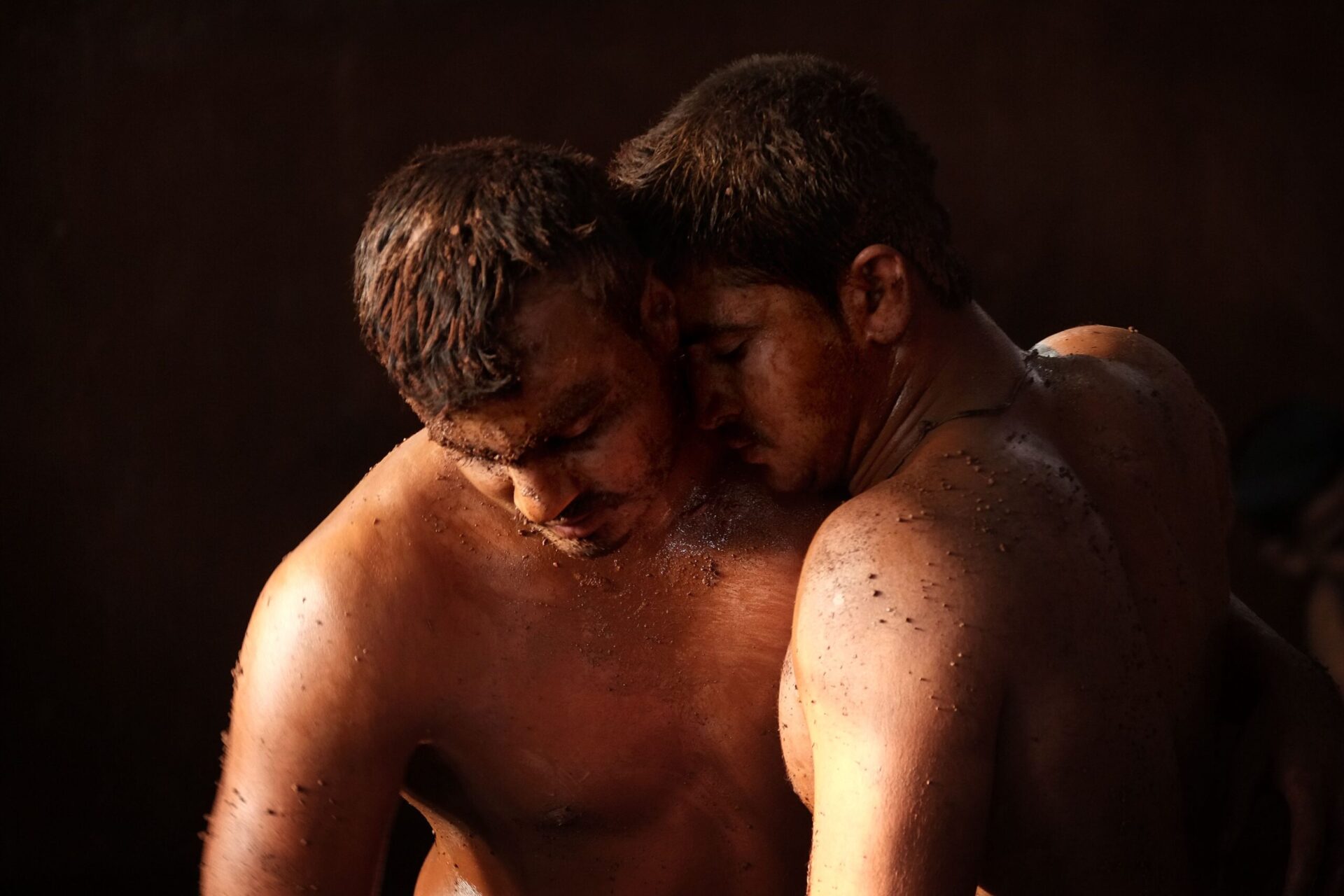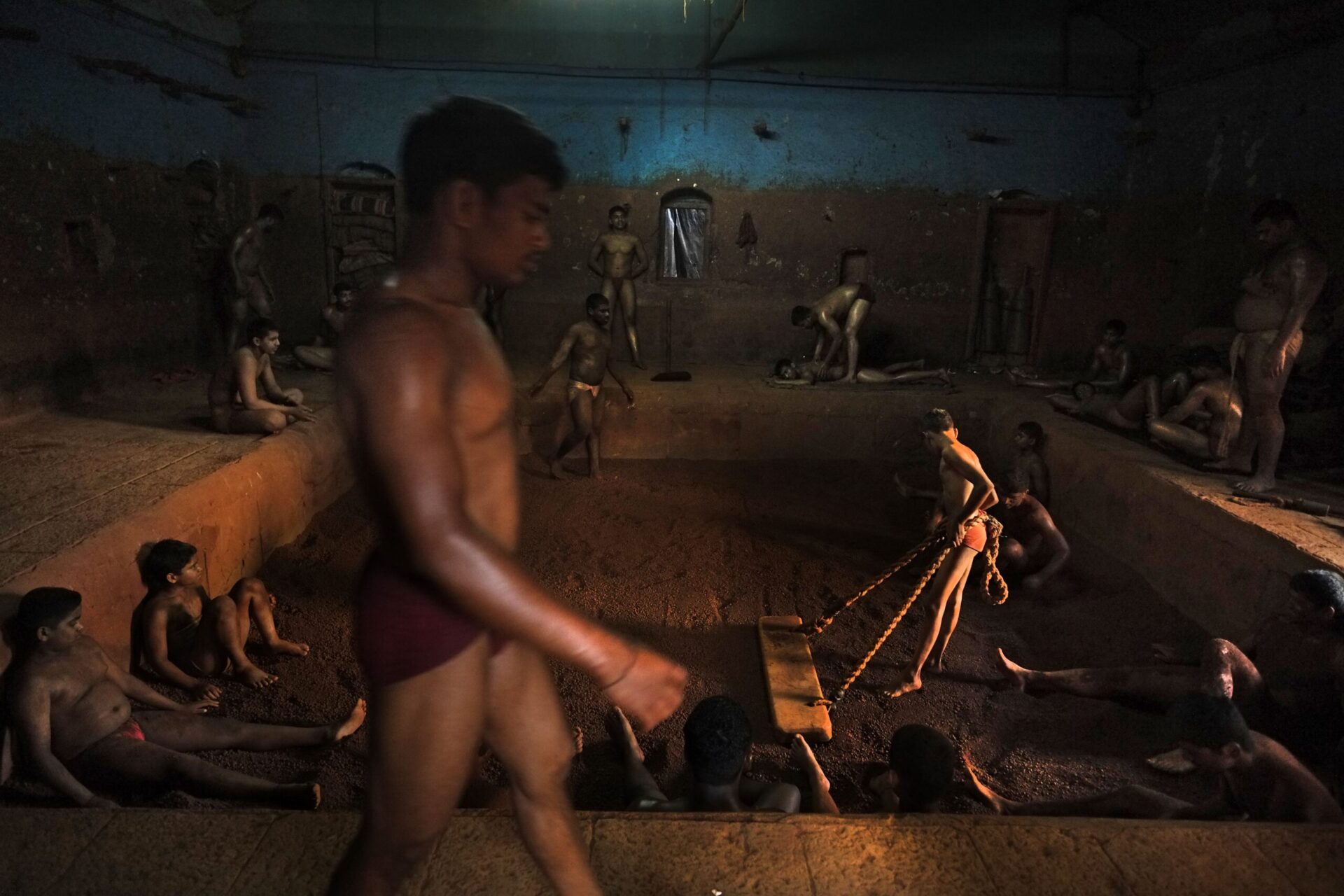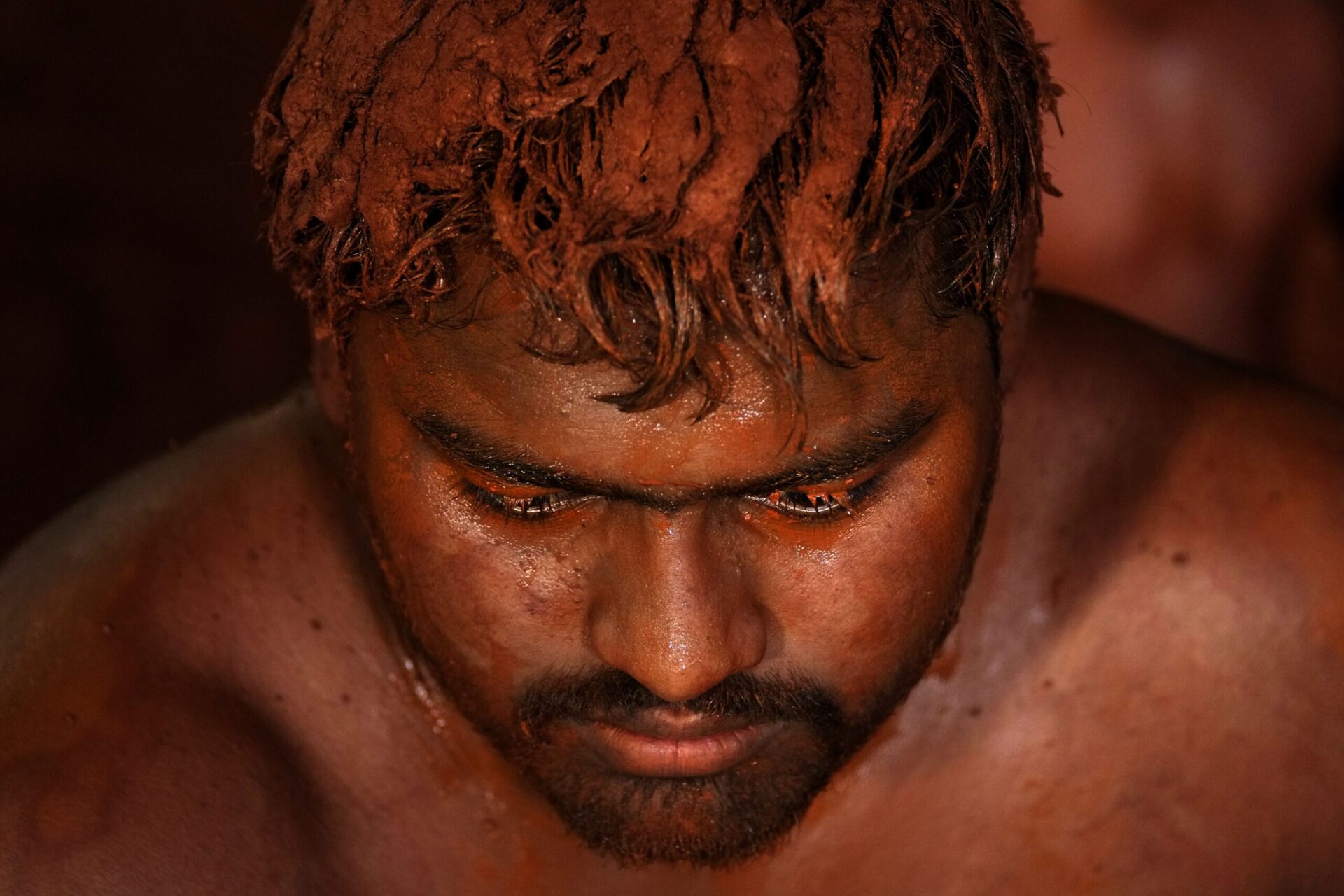Un mot sur l’œuvre
During the Mass Games, the large number of athletes and soldiers on the field is intended to emphasize movement as a group over individual performance. Emblematic Taekwando kicking techniques, such as chop yagi, pictured here, have been widely used by the military in the DPRK since 1955, and have spread all over the world in both military and civil society.
For the first time since 2013, and in honor of the 70th anniversary of the creation of North Korea on September 9, 1948, the Mass Games, also known as the Arirang Festival, are held at the May Day Stadium in Pyongyang, one of the five largest stadiums in the world. Following months of repetition, 100,000 volunteer dancers, athletes, soldiers, students and children participate in a 90-minute event showcasing numerous tightly choreographed scenes synchronized to music.
Although the origins of martial arts are shrouded in mystery, since time immemorial men have used their hands and feet for self-protection. Influenced by a combination of historical events in Korea and Japanese traditions, the modern incarnation of Korea’s national martial art Taekwondo (« way of kick and fist ») was created in 1955 by General Choi Hong-hi. Born in what is now North Korea, his idea was to develop a specific martial art to demonstrate the spirit and wisdom of the Korean nation to the outside world. Taekwondo is extremely popular in North Korea. It is taught in every school and is part of the daily sports and health routine of all DPRK citizens. After 50 years of existence, the art of kicks has 60 million practitioners in more than 120 countries. Taekwondo became a medal sport at the Sydney 2000 Olympic Games.
Tirages disponibles
40×60 cm
Edition de 3
Tirage en vente N°2/3 : 1 100 €
60×90 cm
Edition de 2
Tirage en vente : N°1/2 : 2 200 €
80×120 cm
Edition de 1
N°1/1 : 5 500 €
+ 3 EAÉpreuve d'artiste Une épreuve d'artiste est une impression supplémentaire réalisée en plus du tirage courant numéroté d'une œuvre d'art. Ces impressions, souvent marquées "E.A." (Épreuve d'Artiste), sont généralement réservées à l'usage personnel de l'artiste et ne sont pas destinées à la vente. tous formats confondus
Tirage pigmentaireTirage pigmentaire Technique d'impression d'art utilisant des encres à base de particules solides, plutôt que des encres à colorants liquides. Cette méthode permet d'obtenir des impressions de haute qualité, offrant une grande richesse de couleurs, une finesse dans les détails, et une excellente résistance à la lumière et au vieillissement. réalisé par Jean-Luc Denoix du studio AJL sous le contrôle de l’auteur
